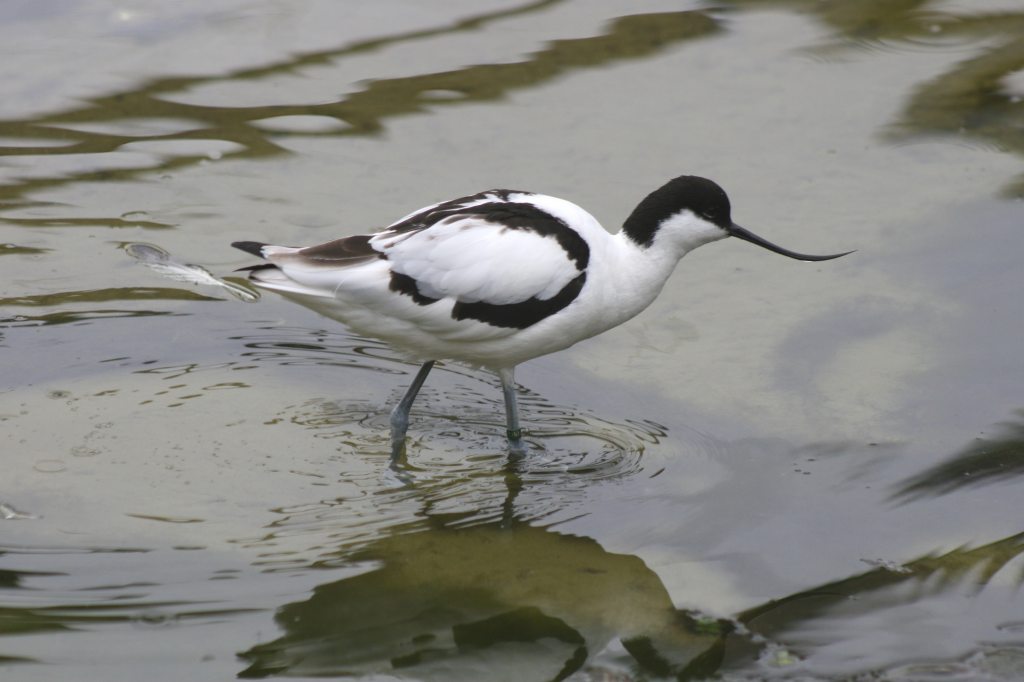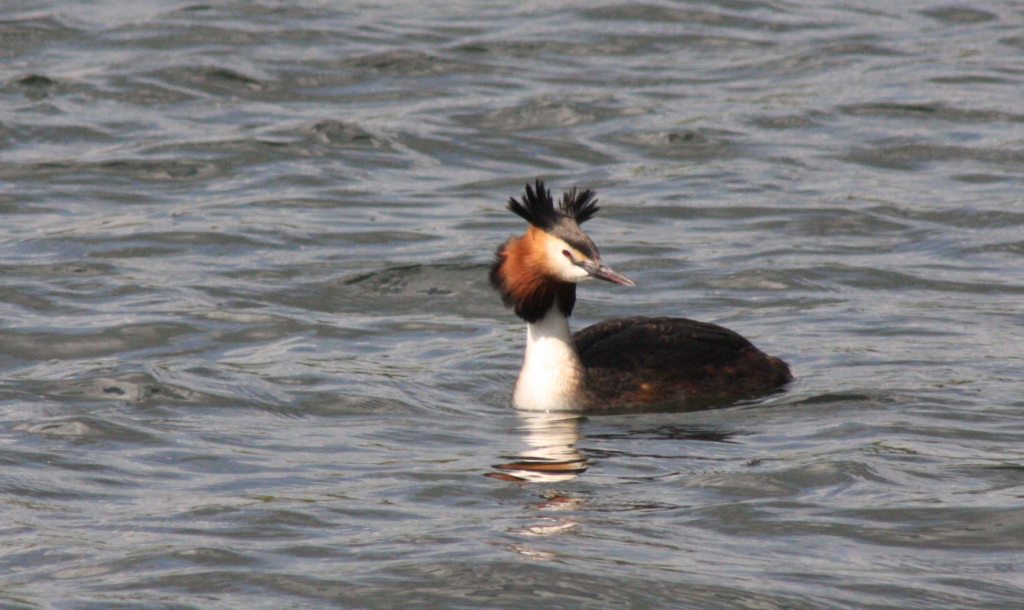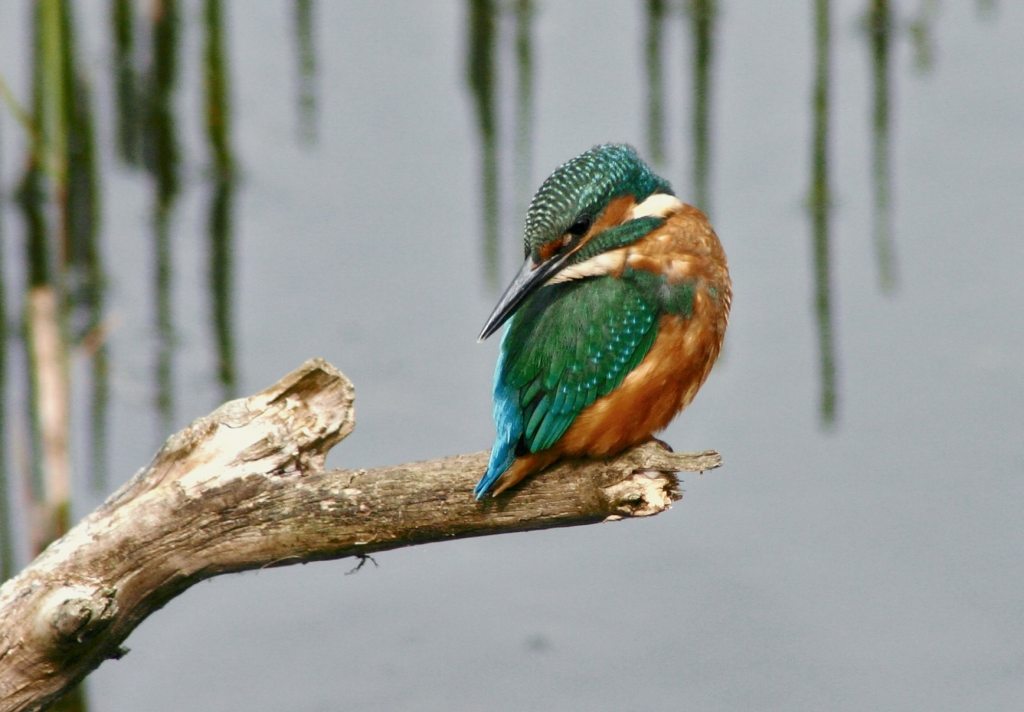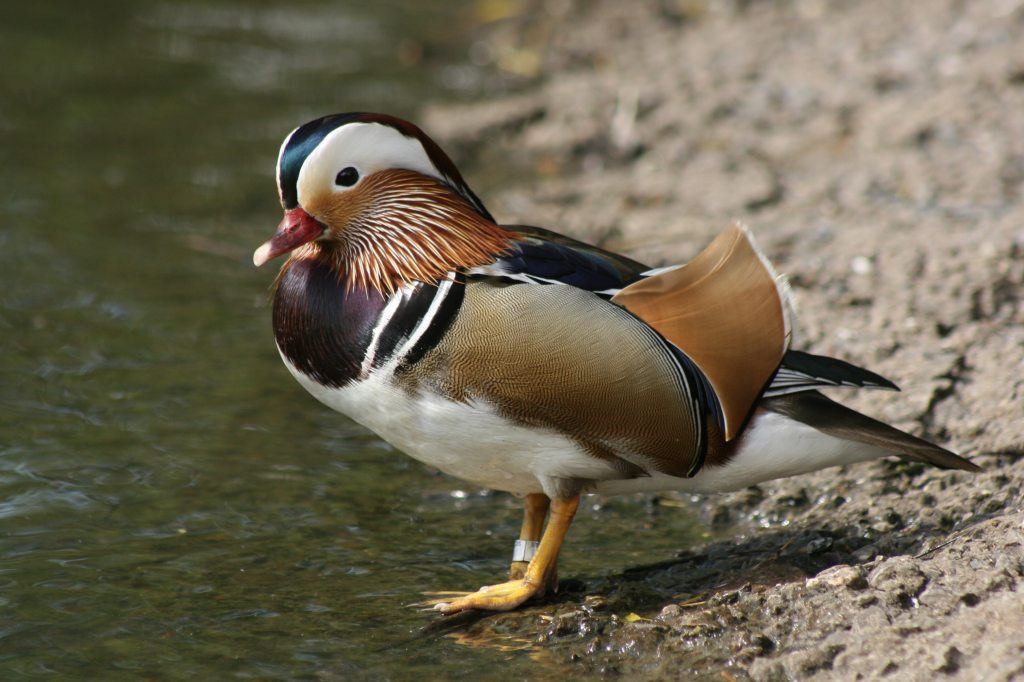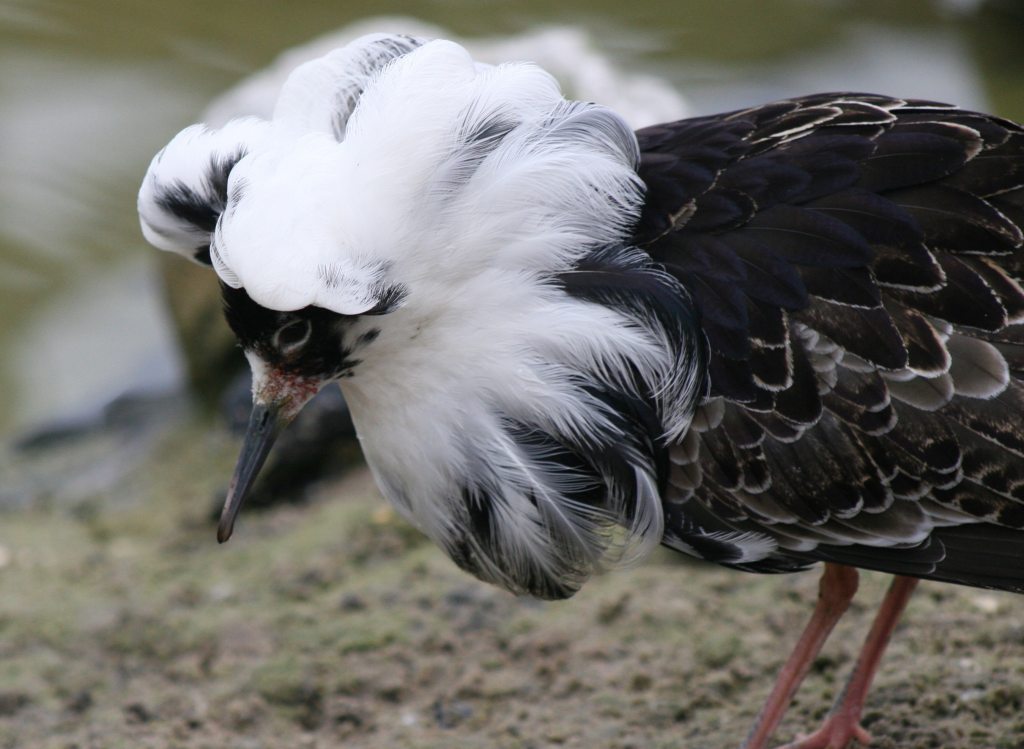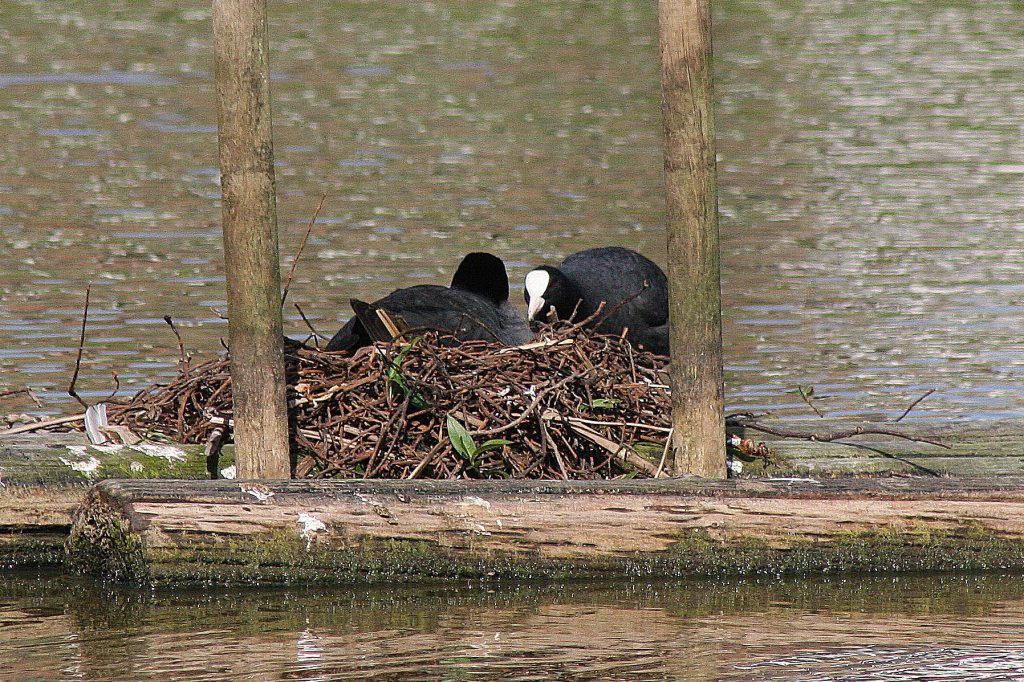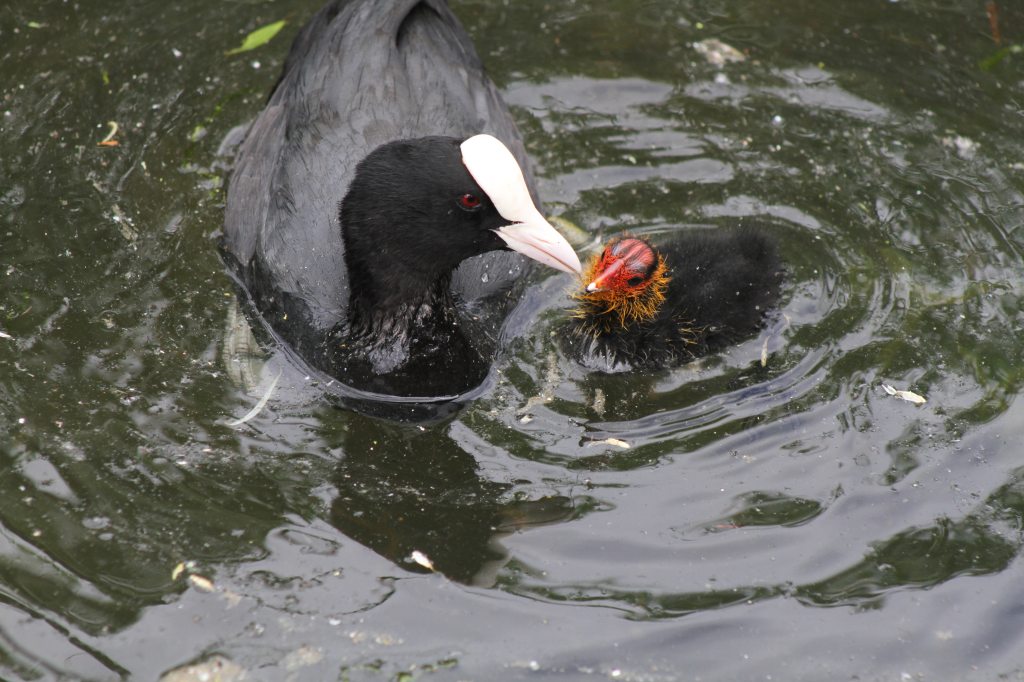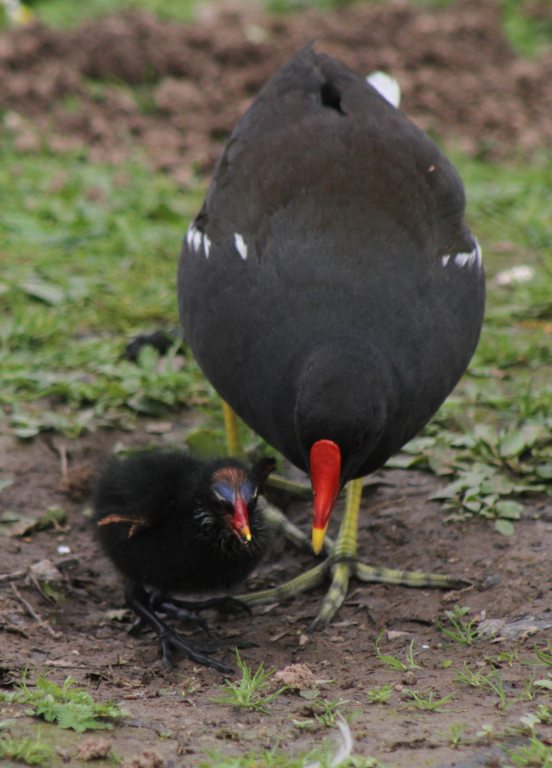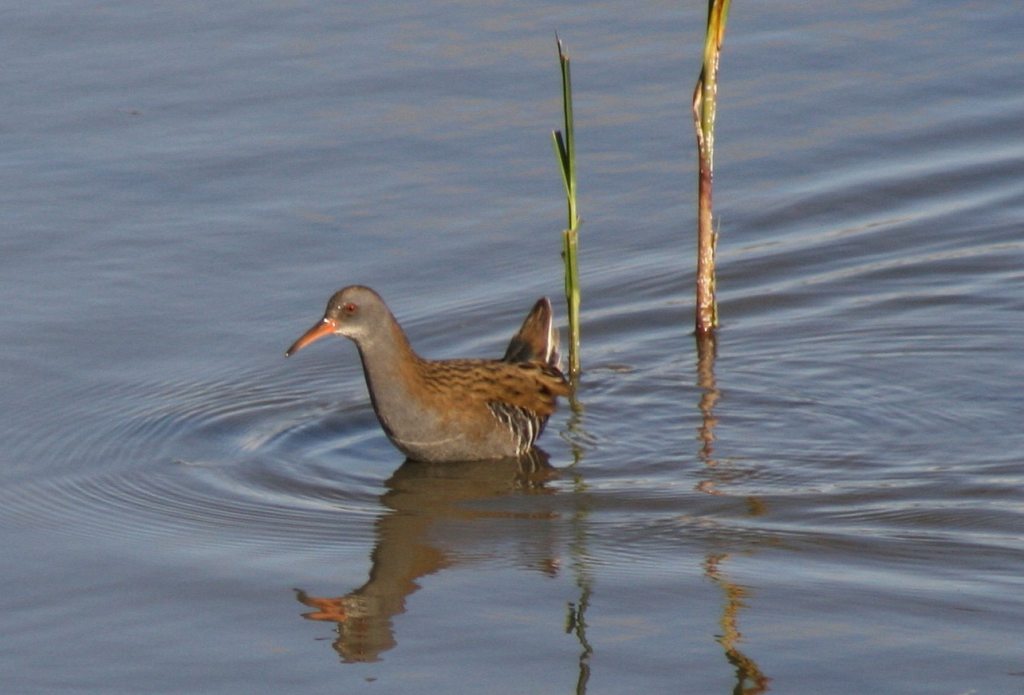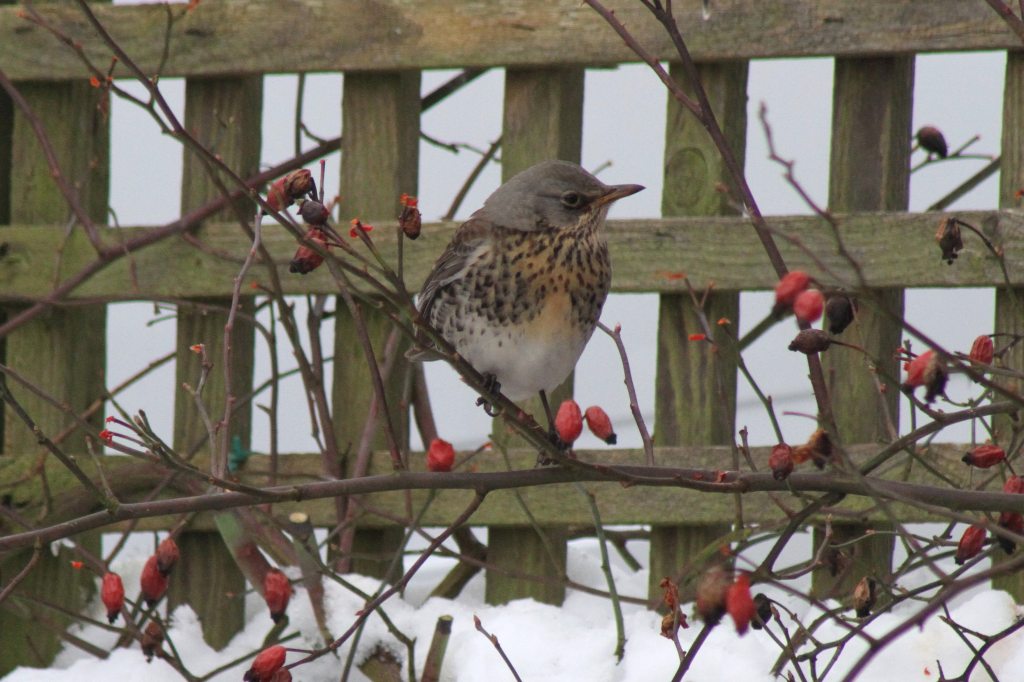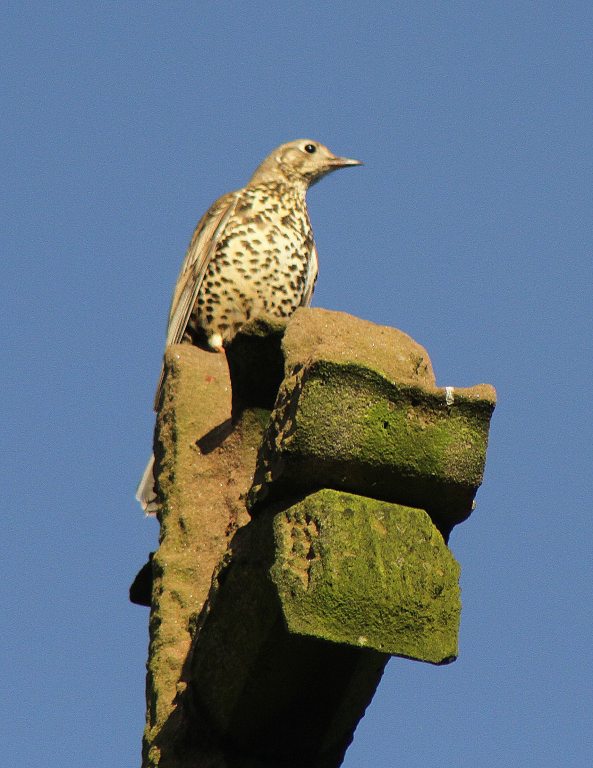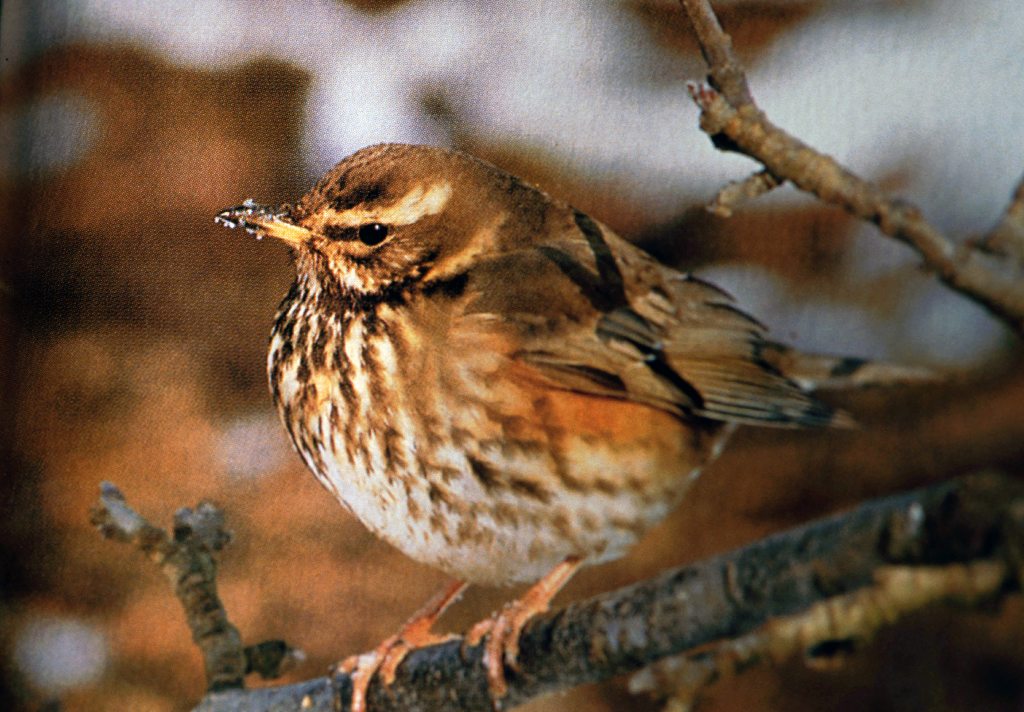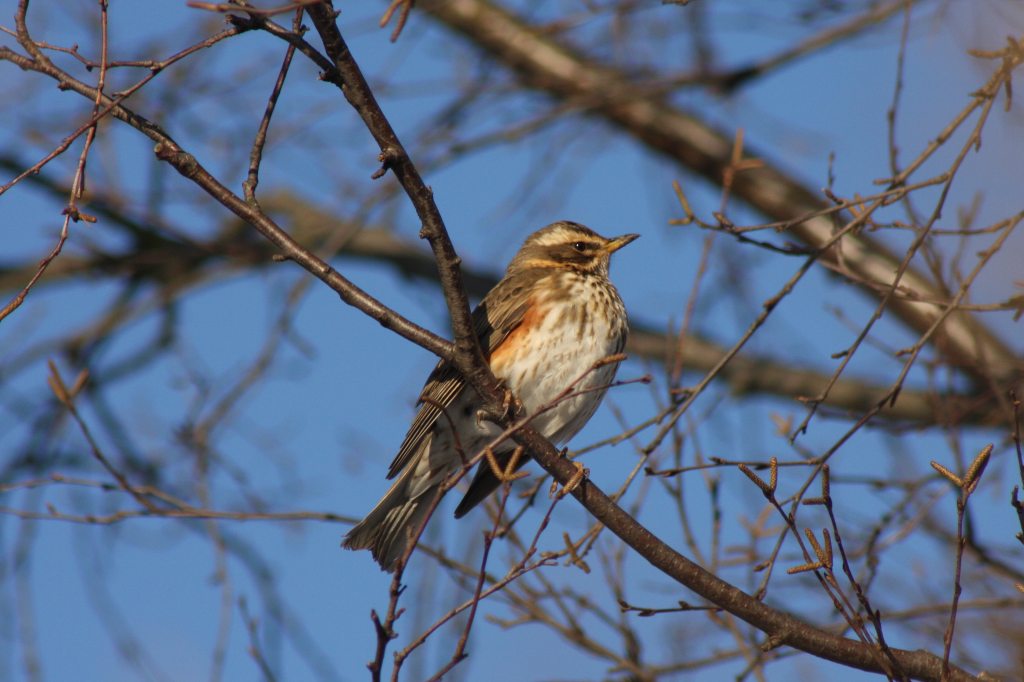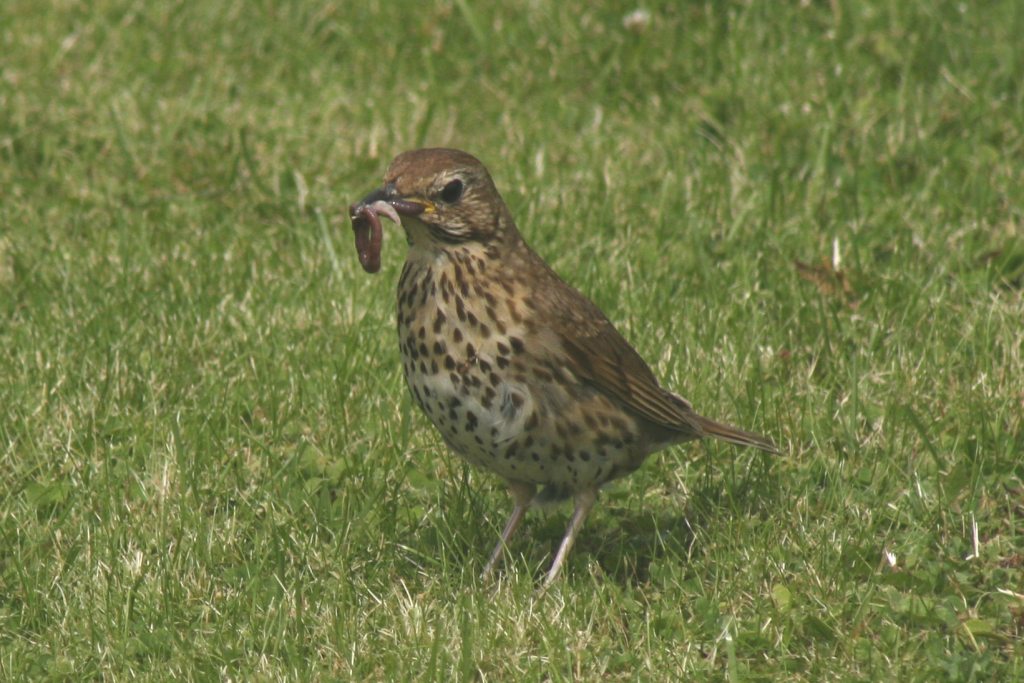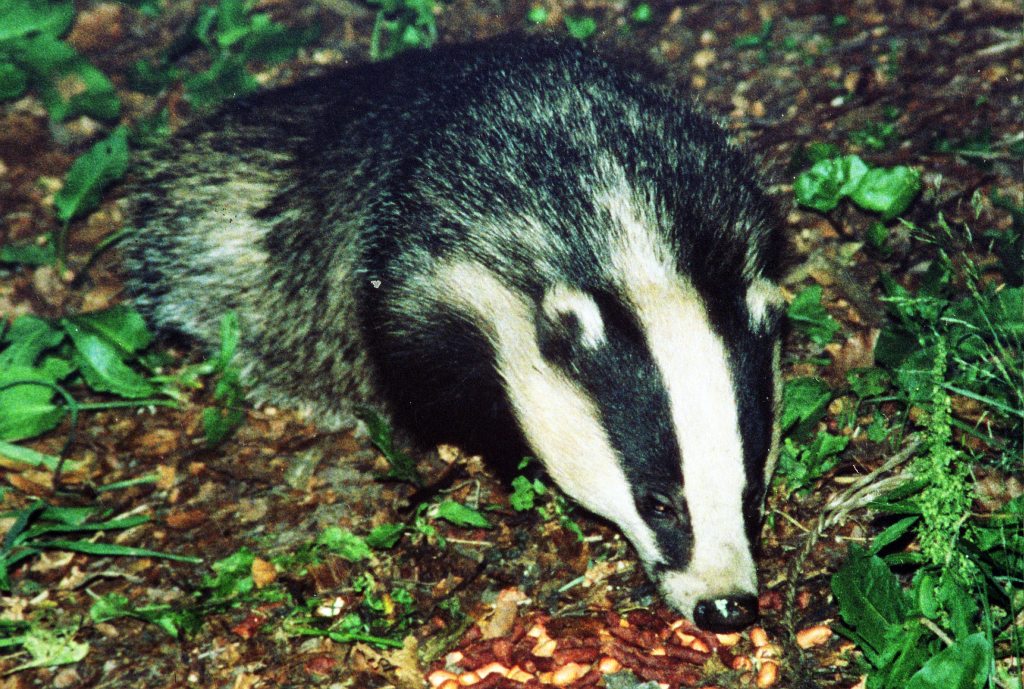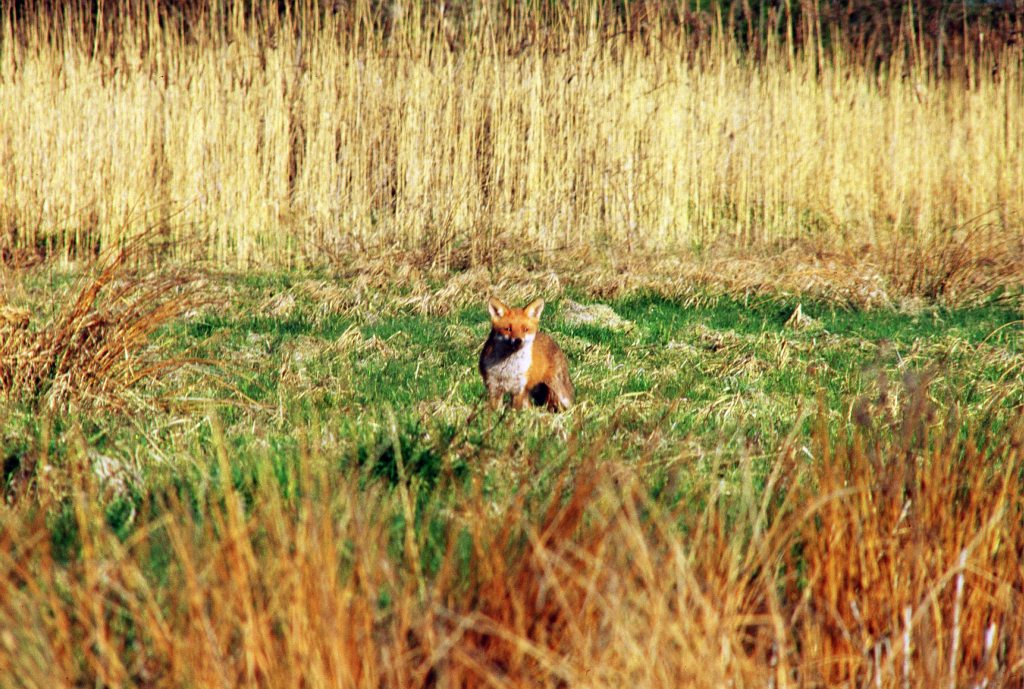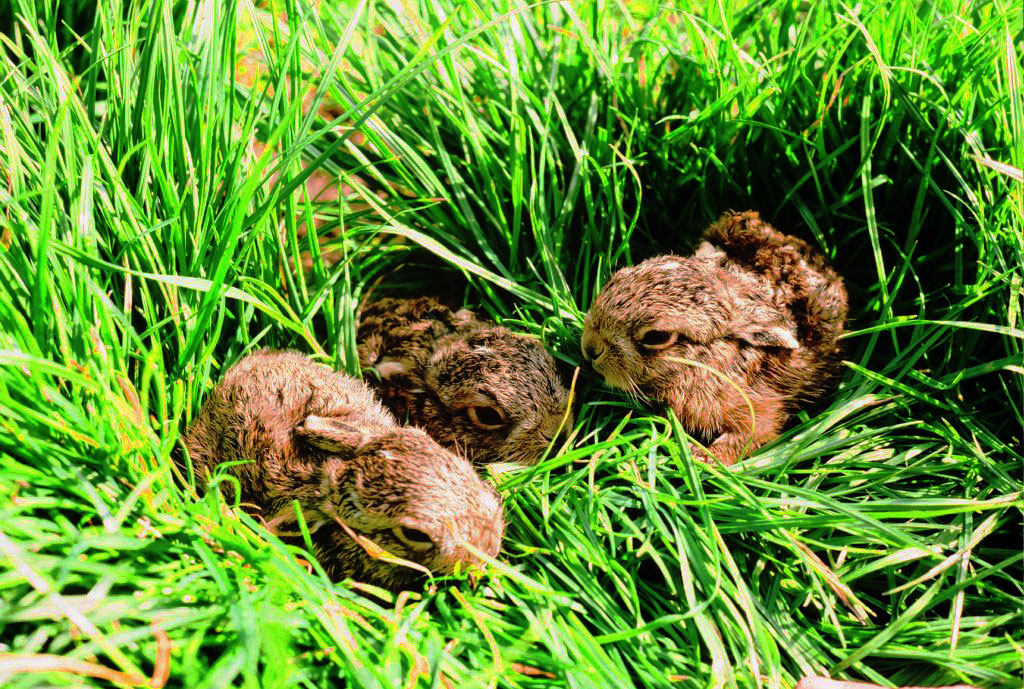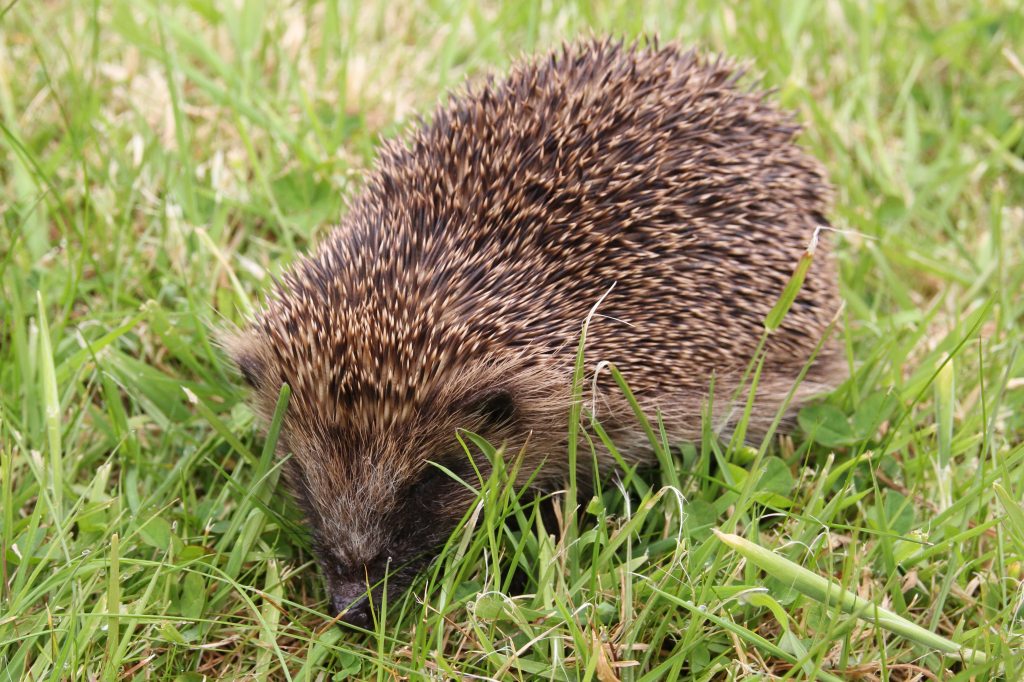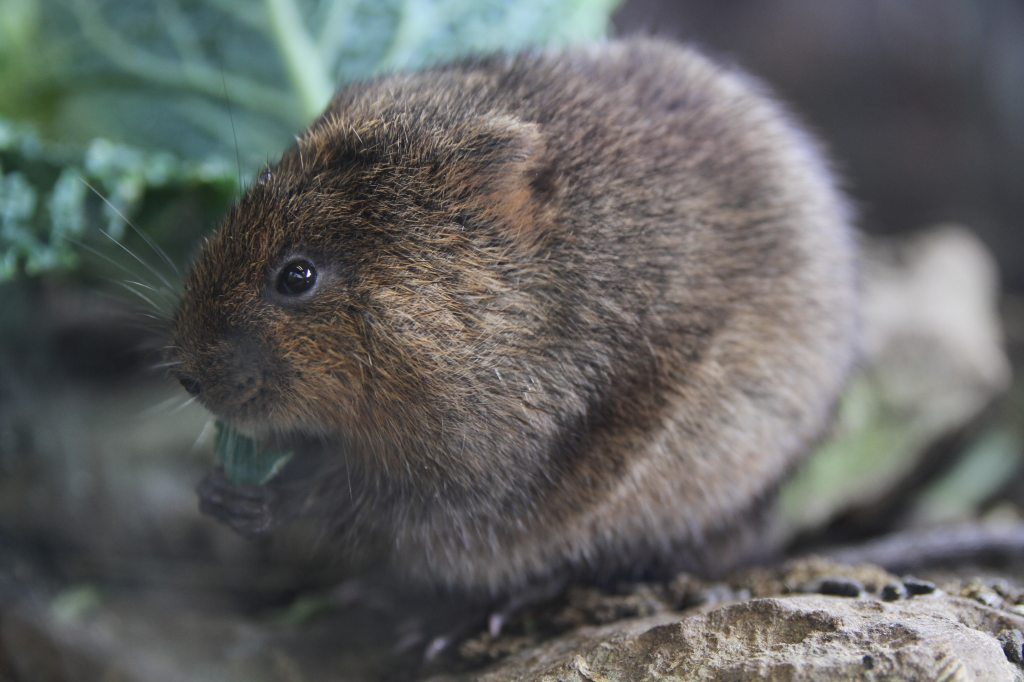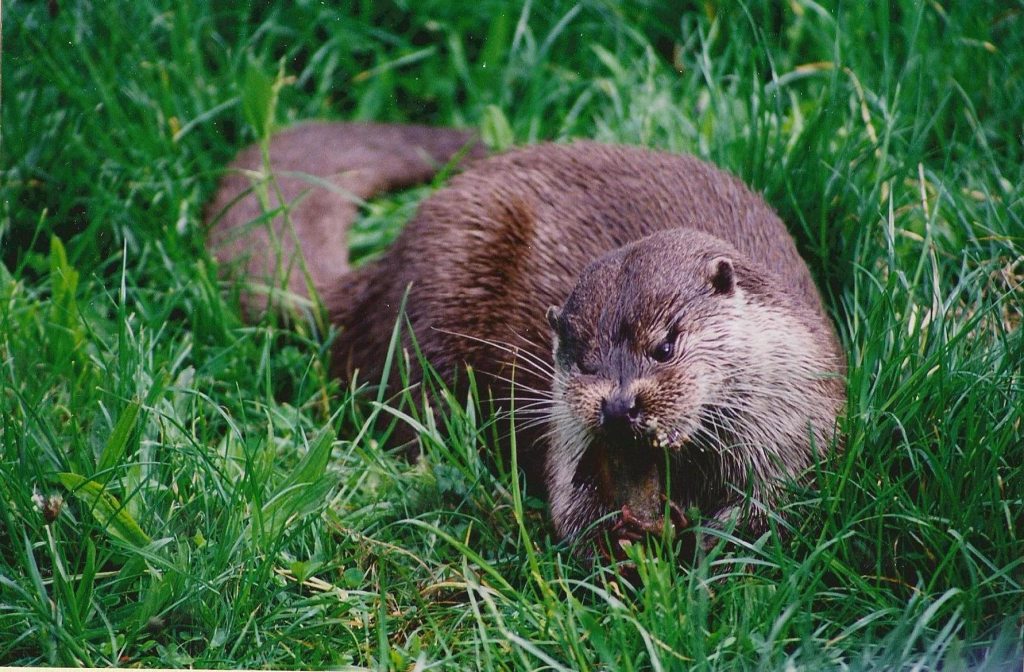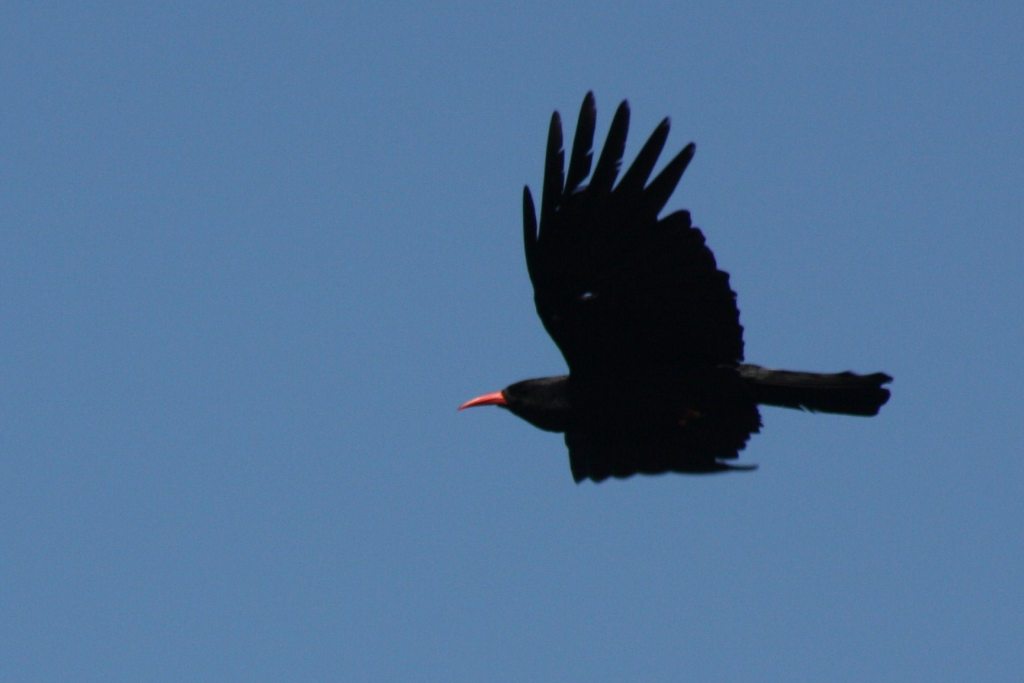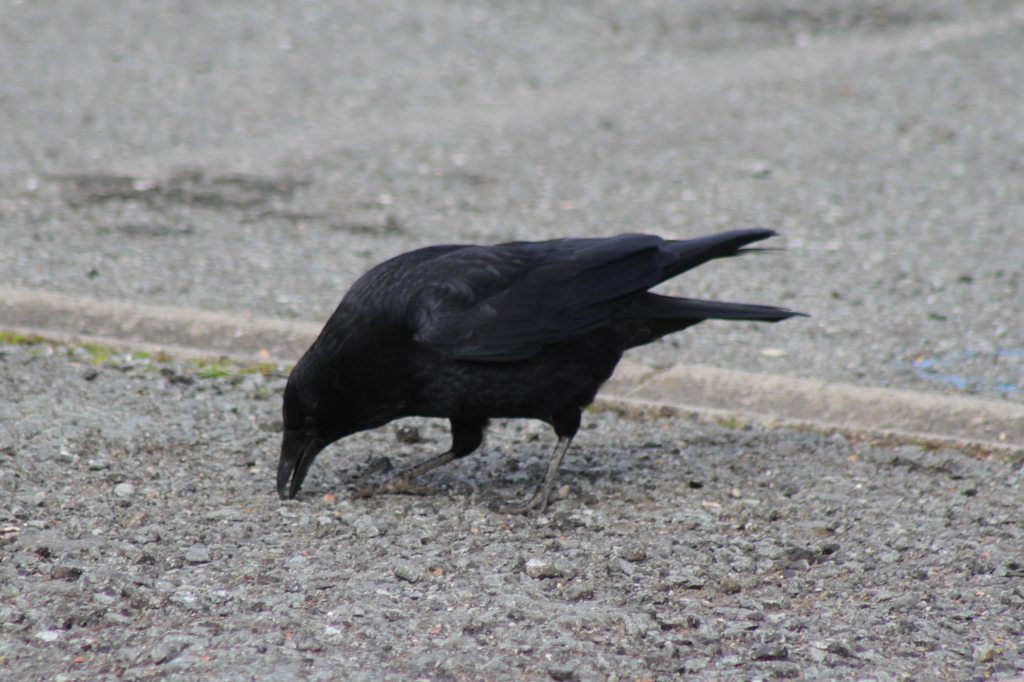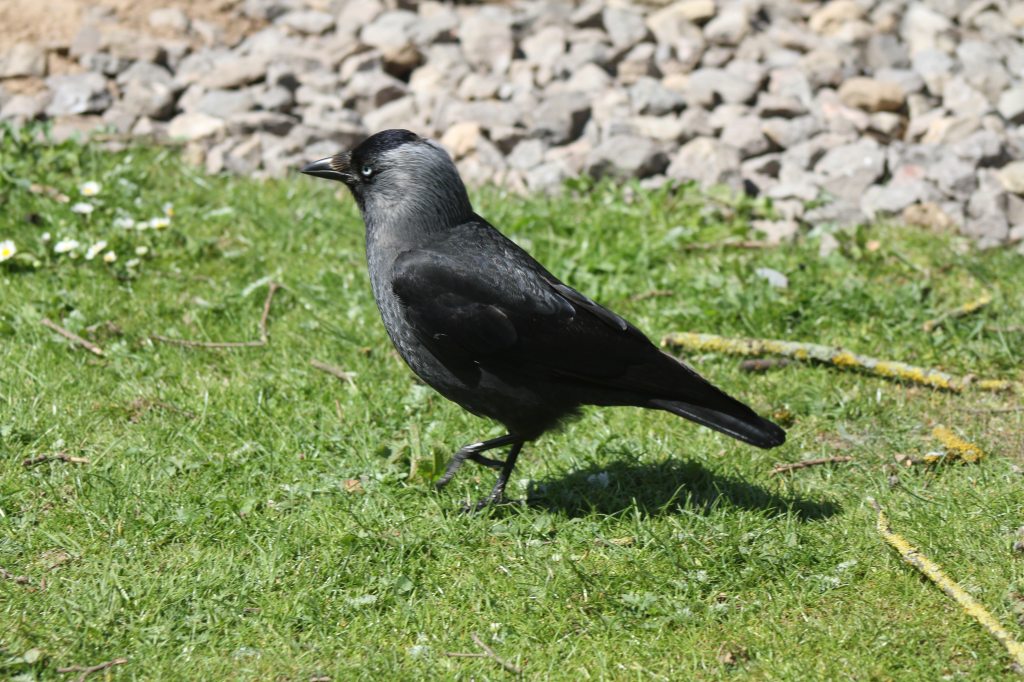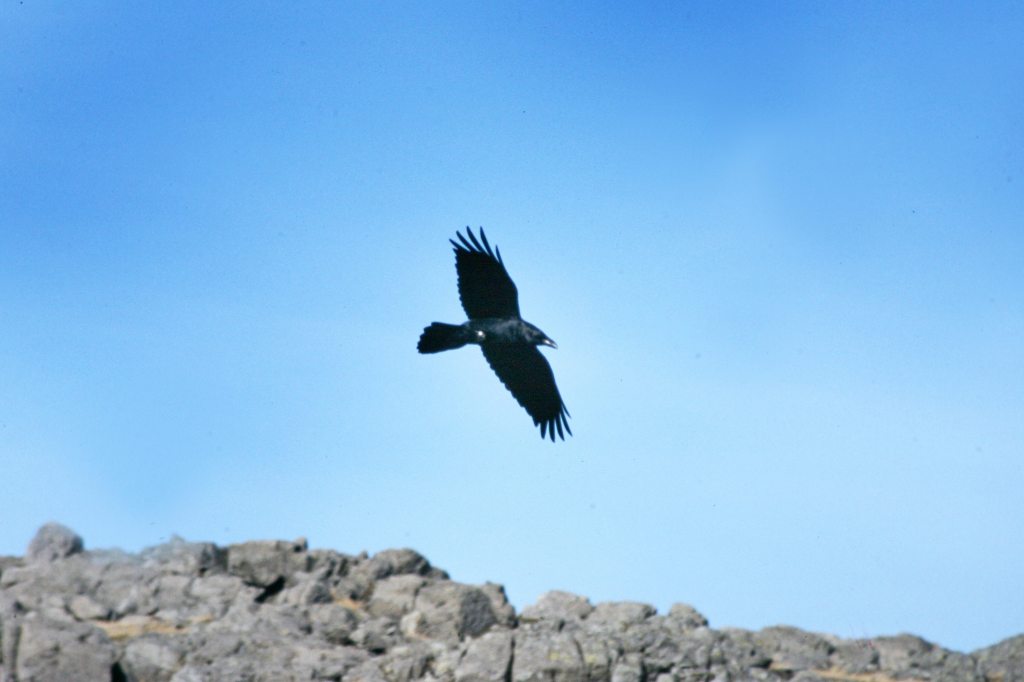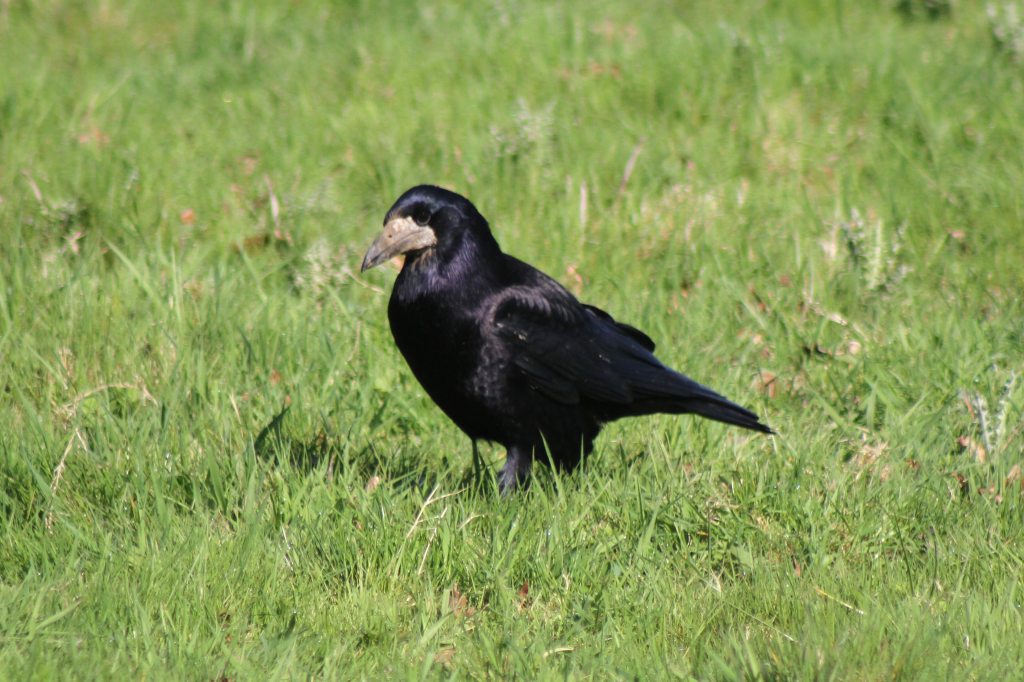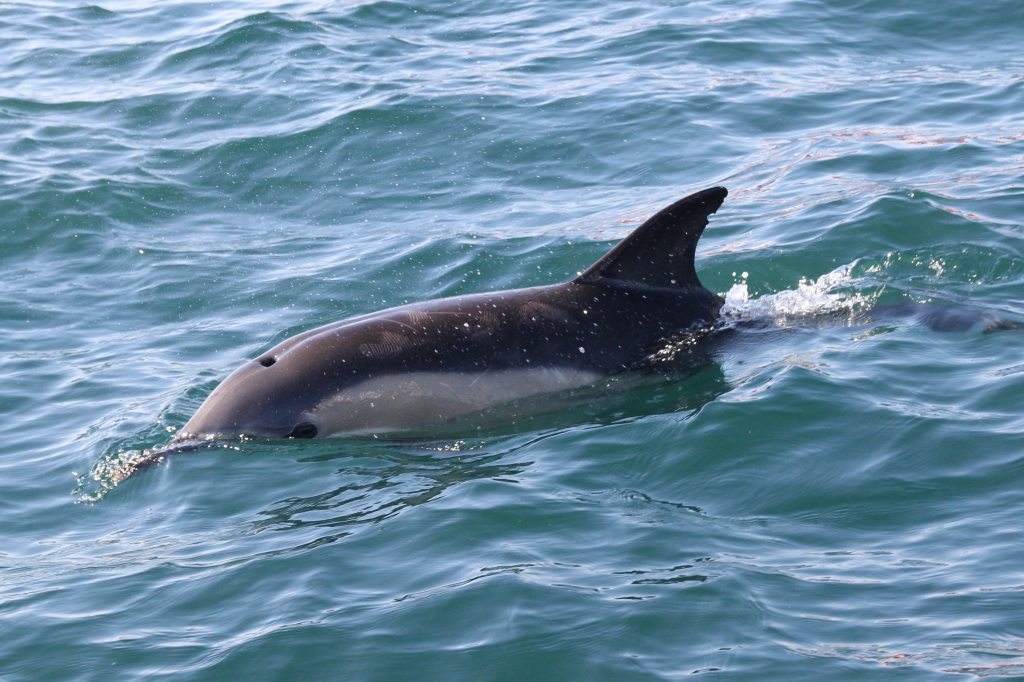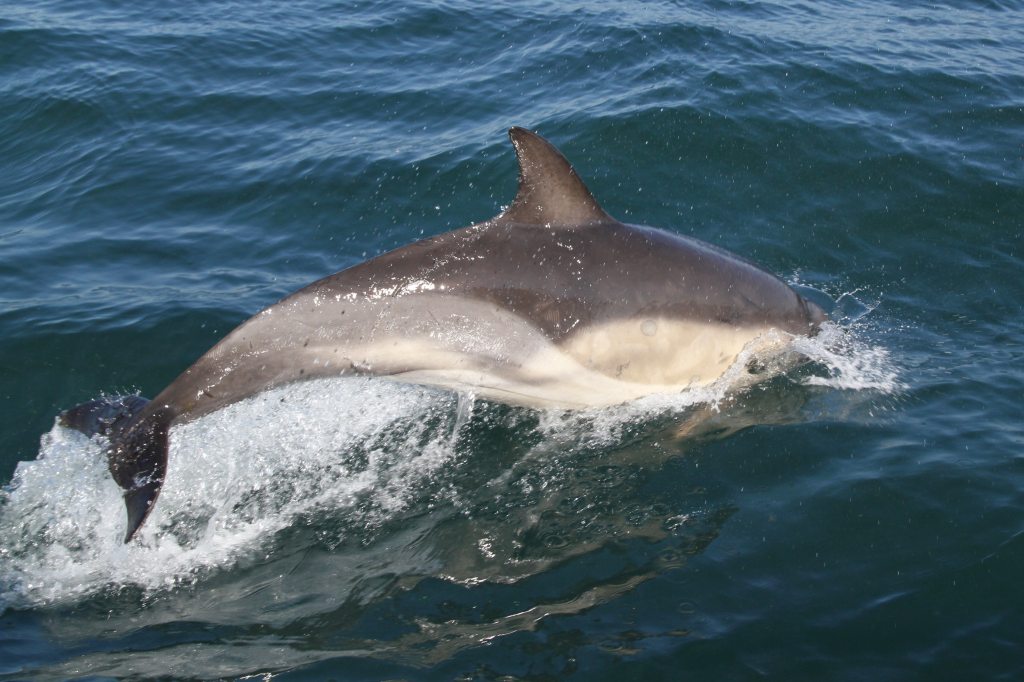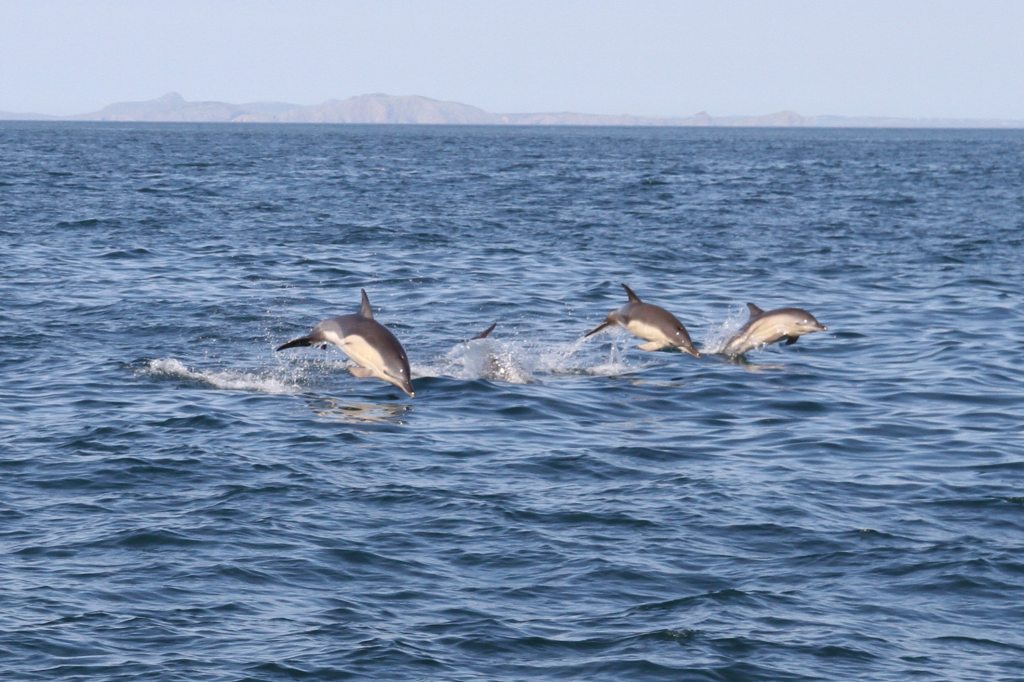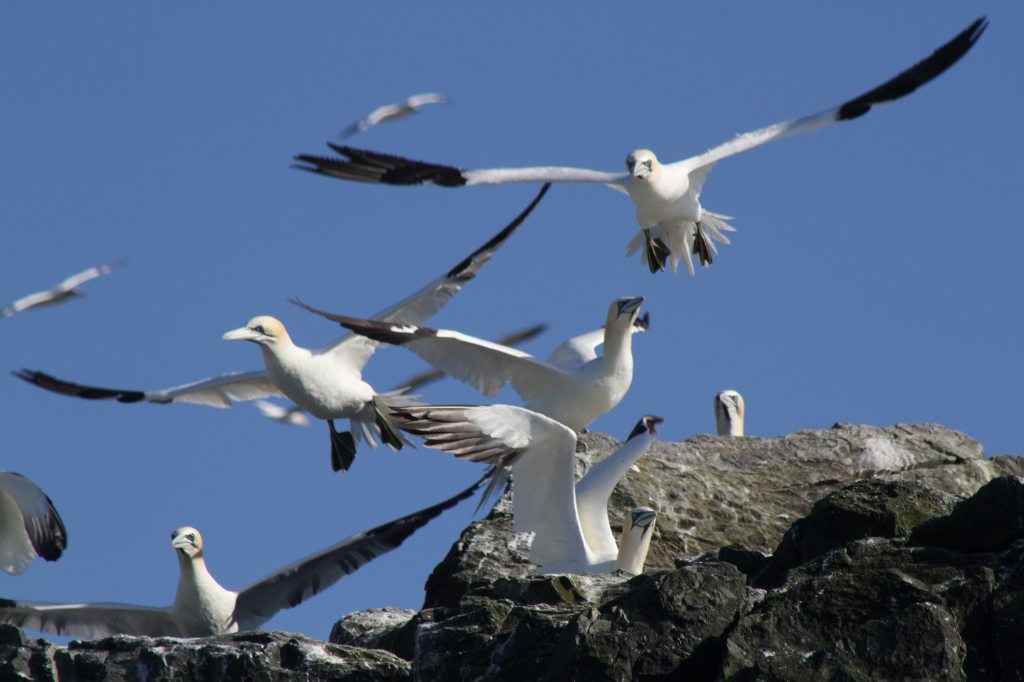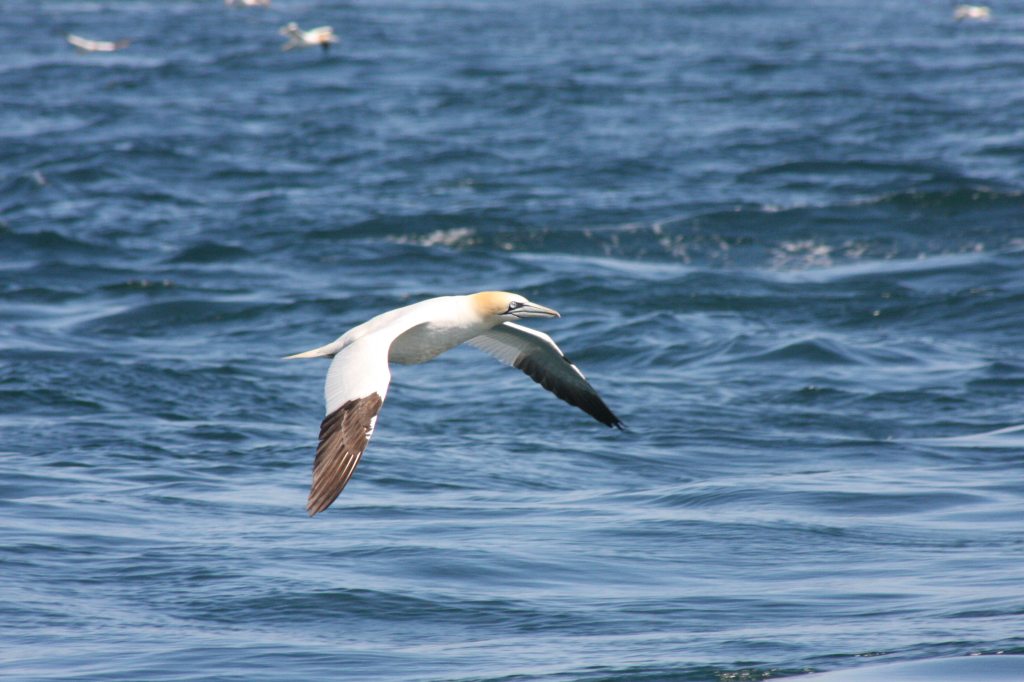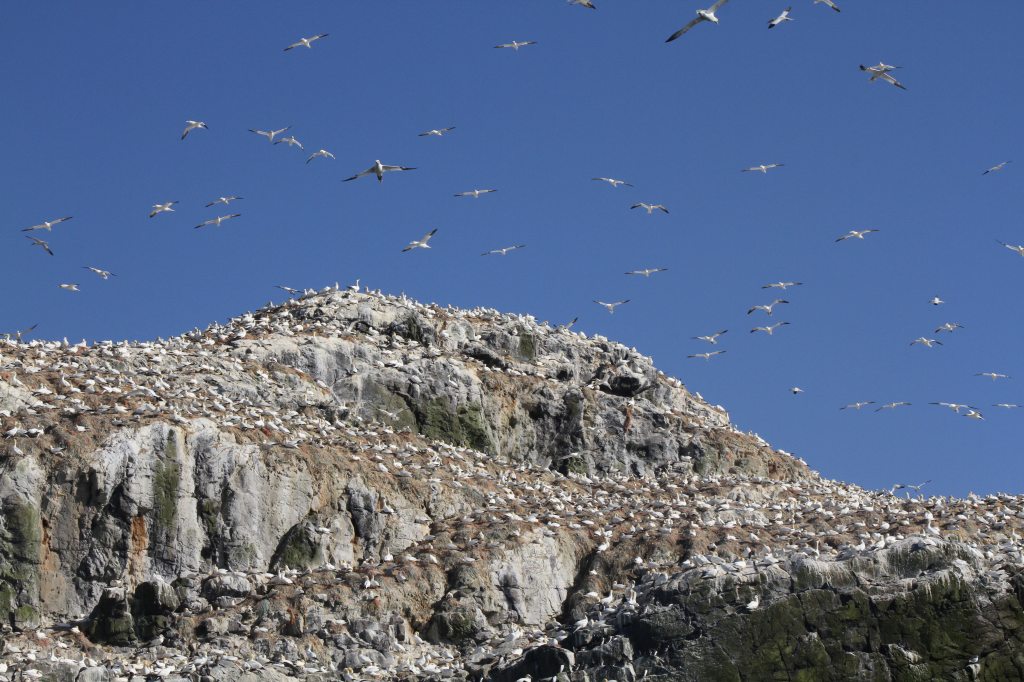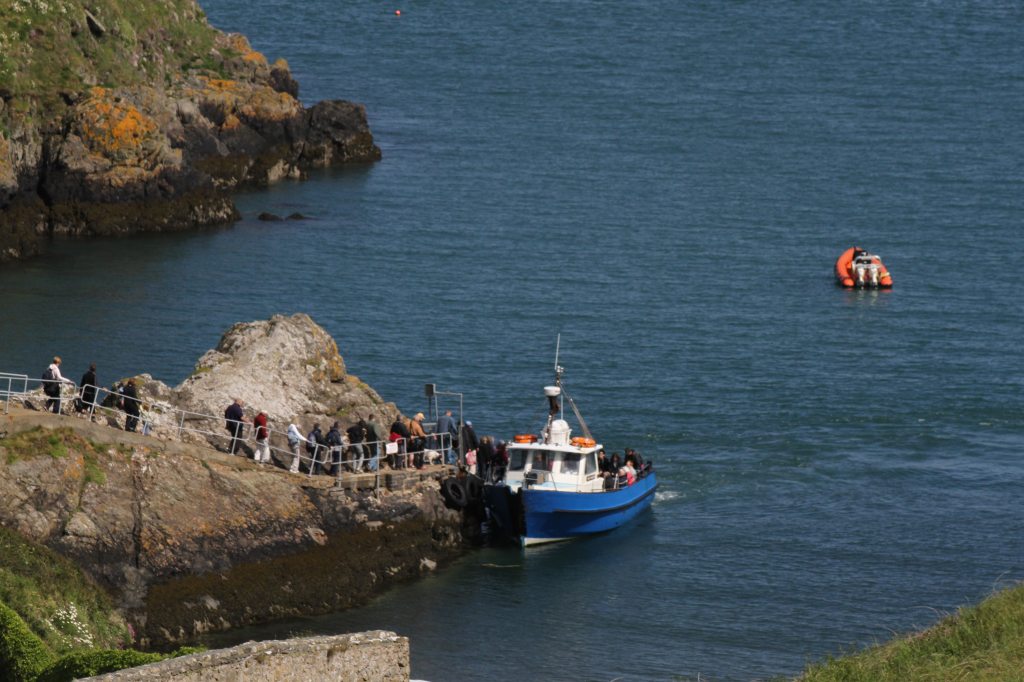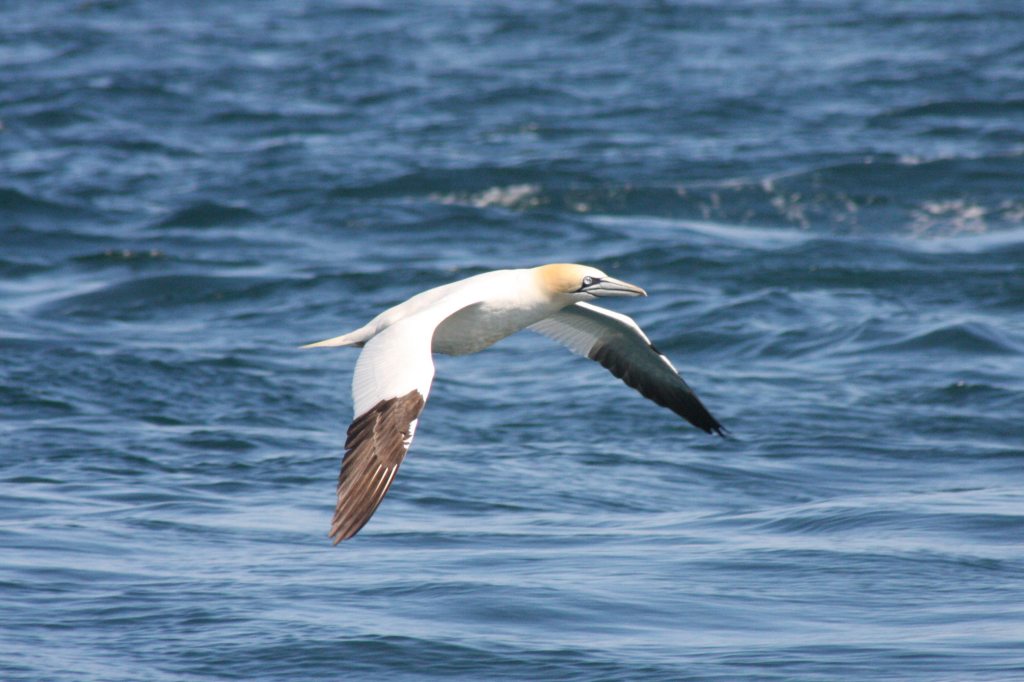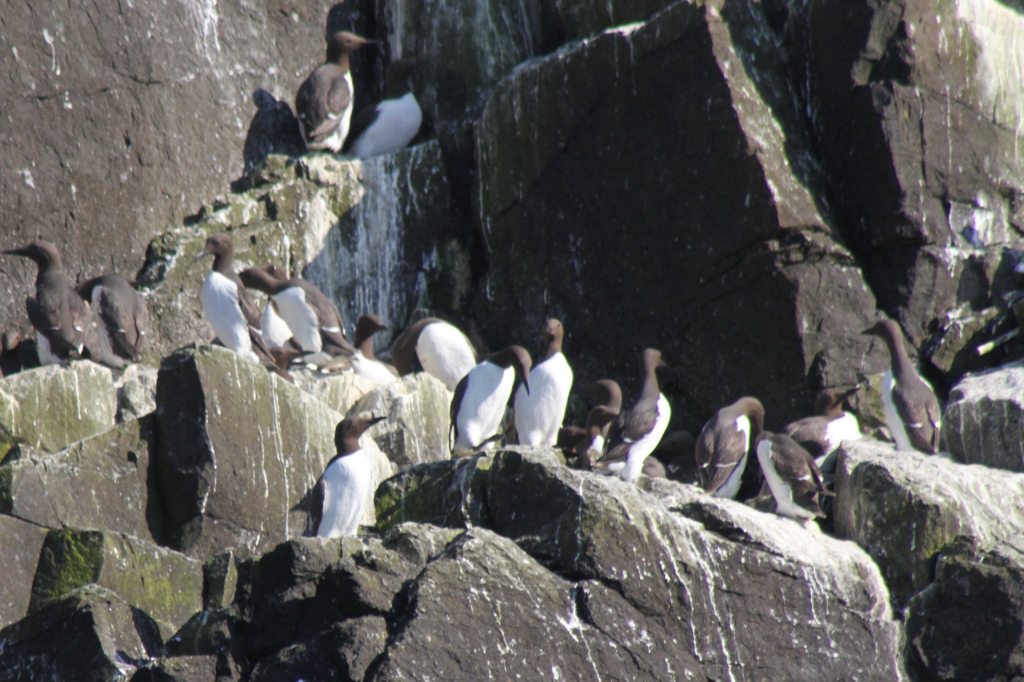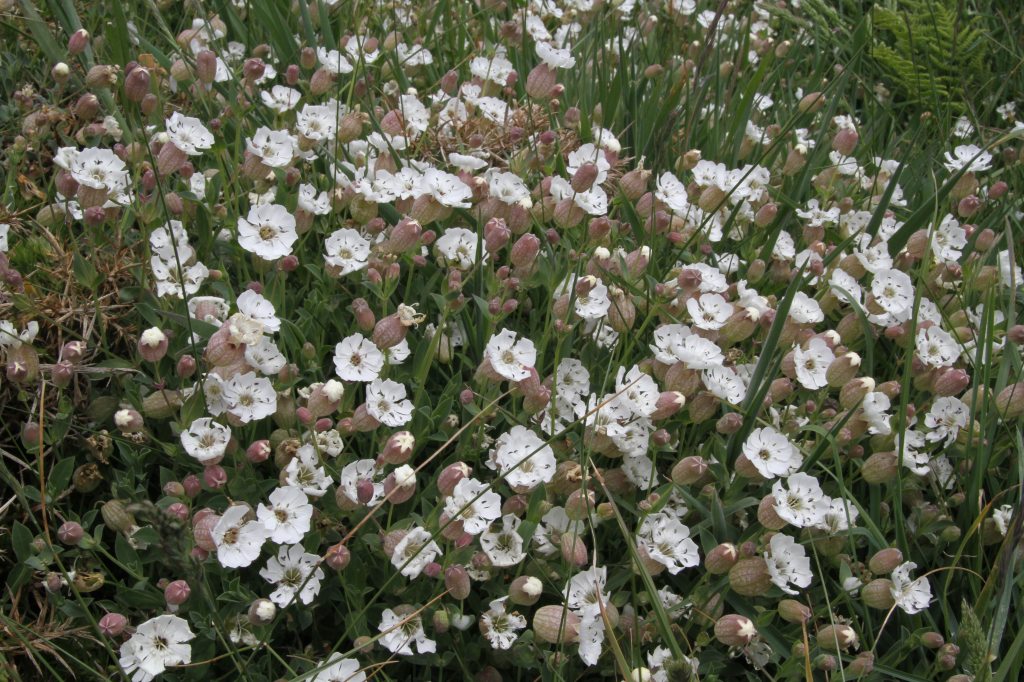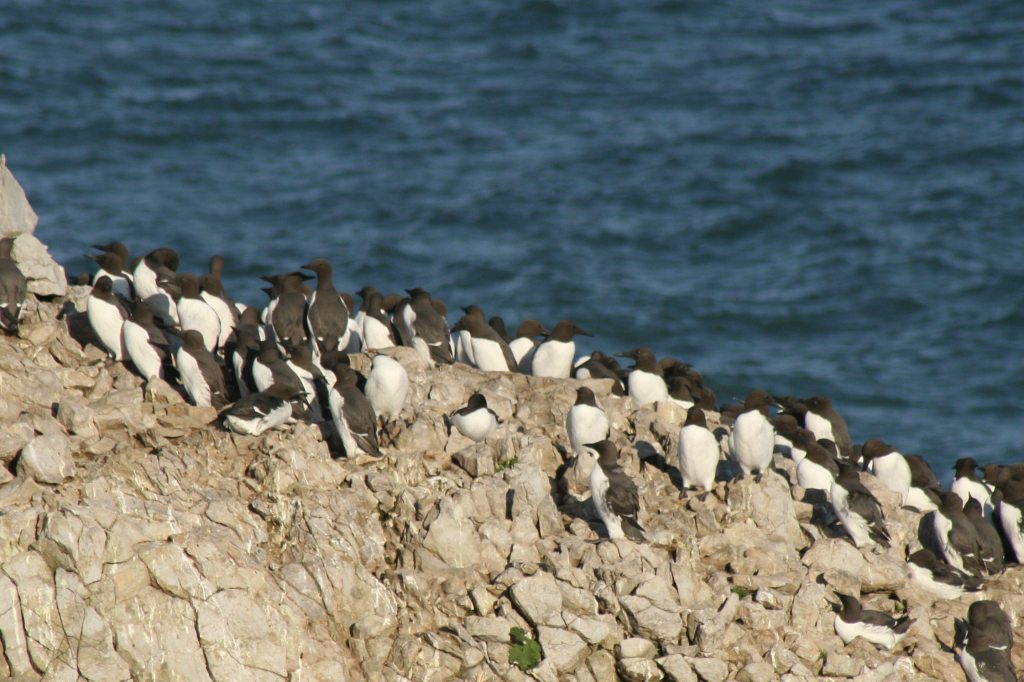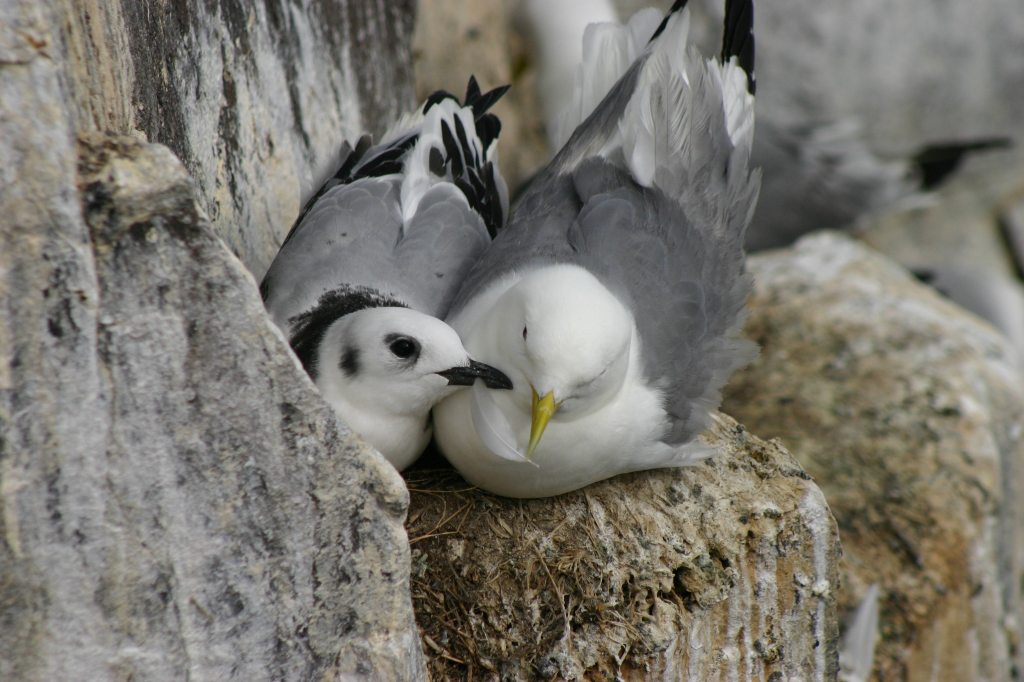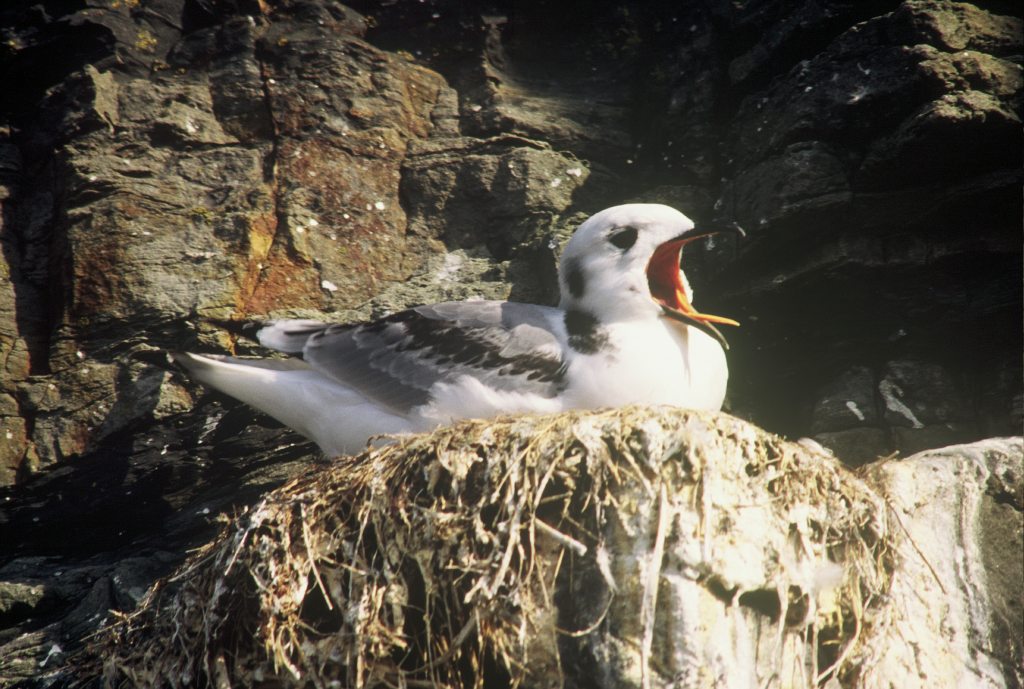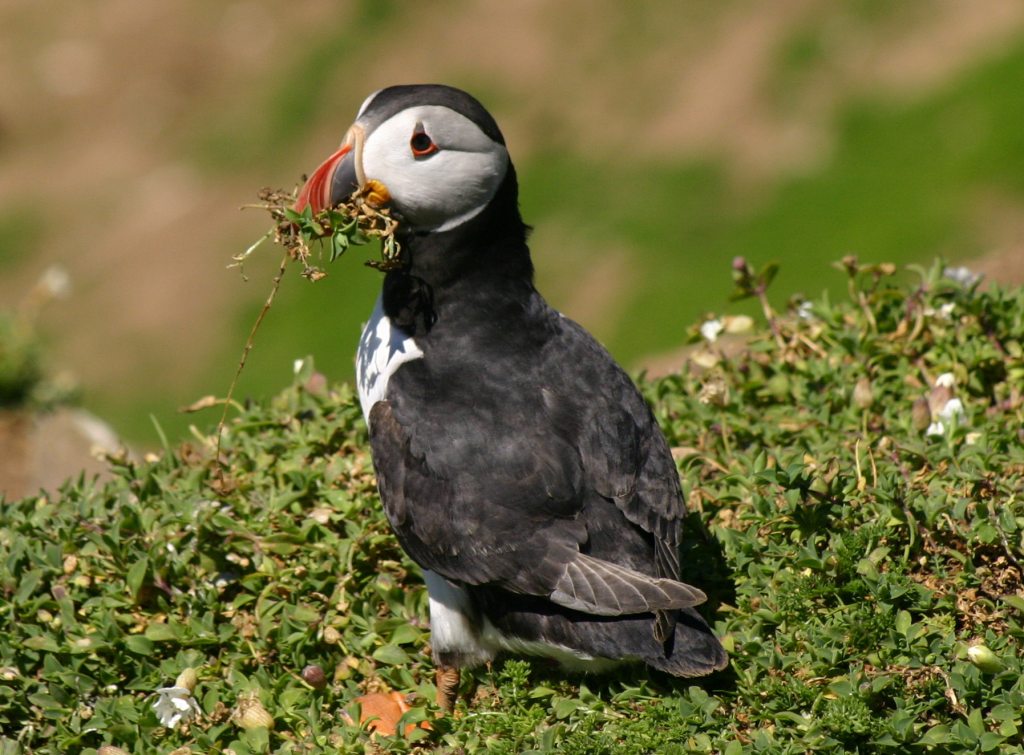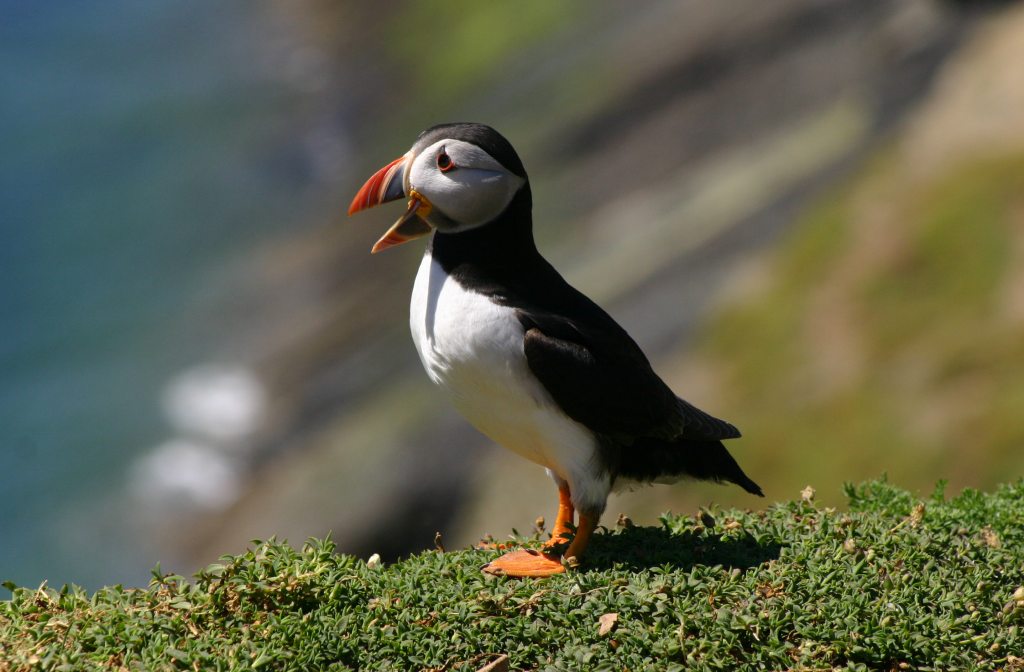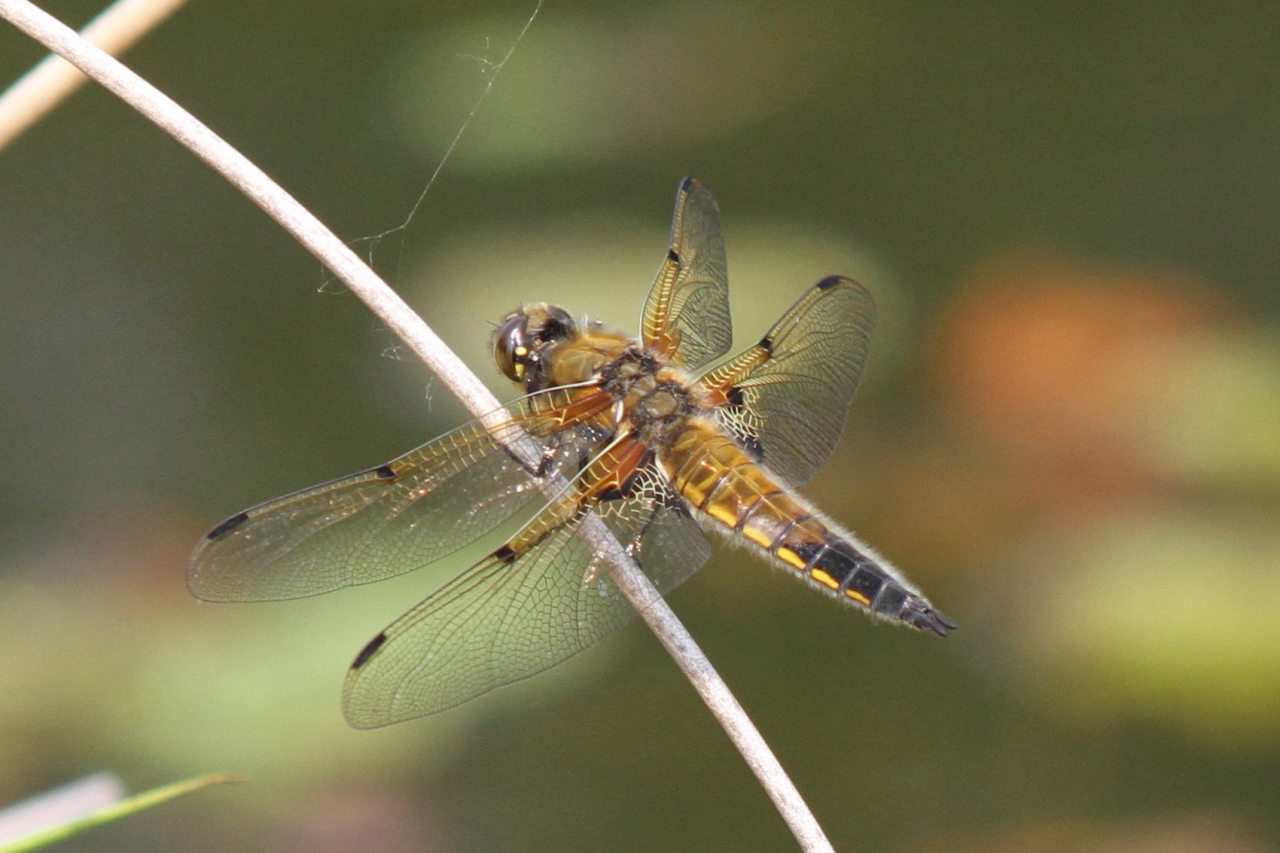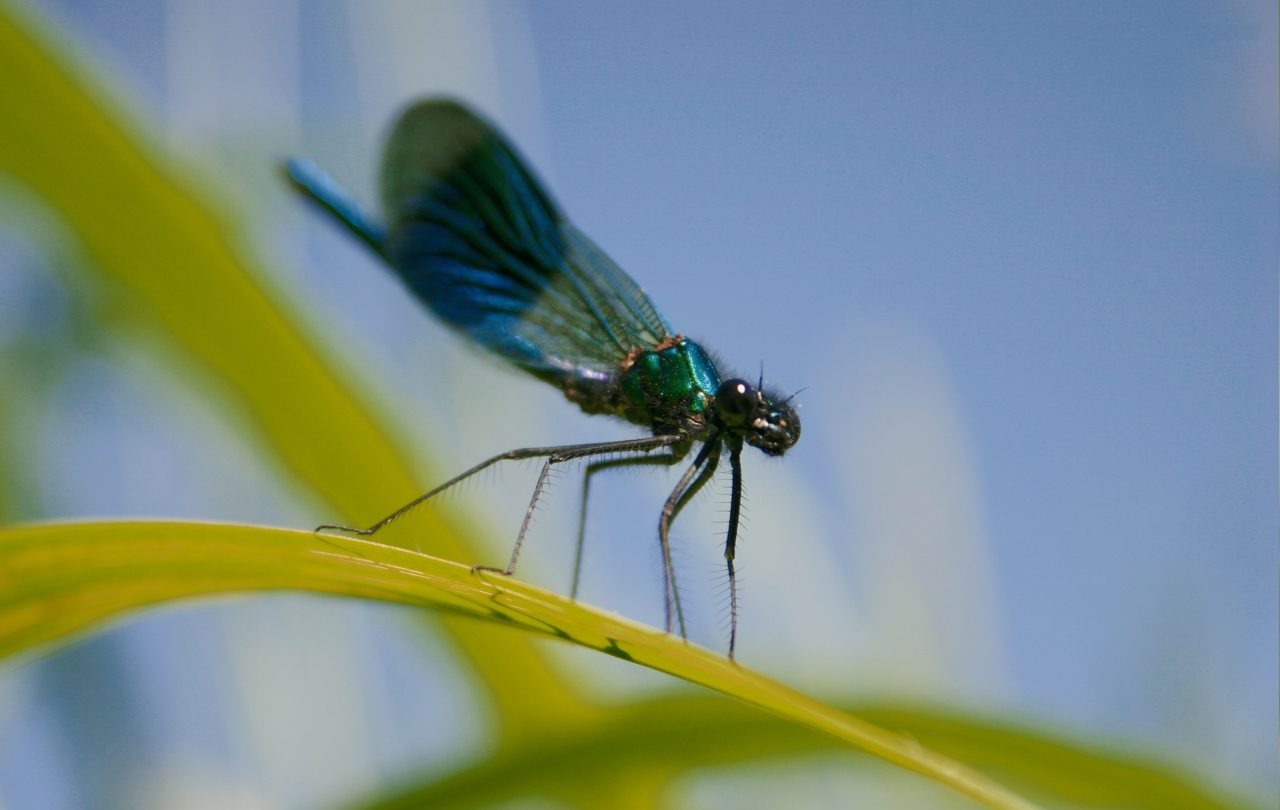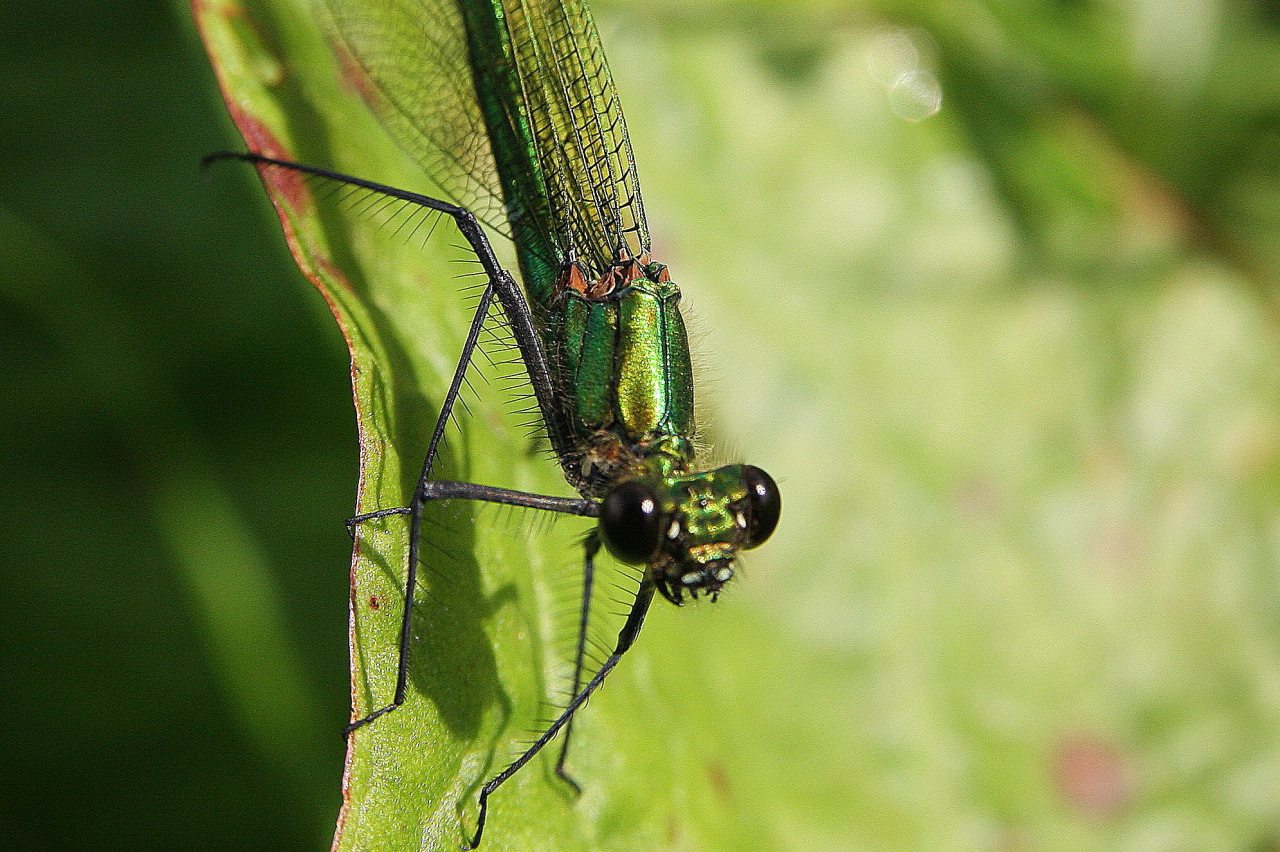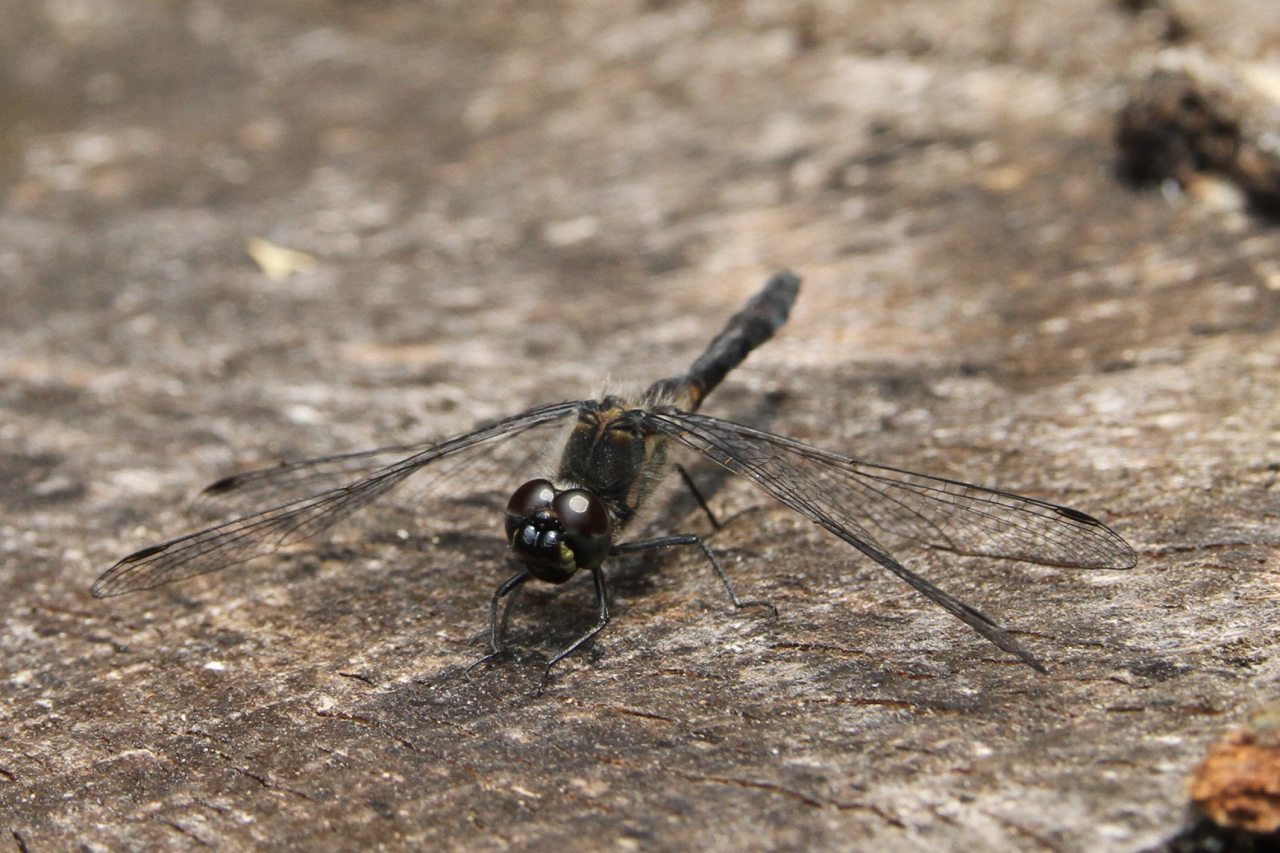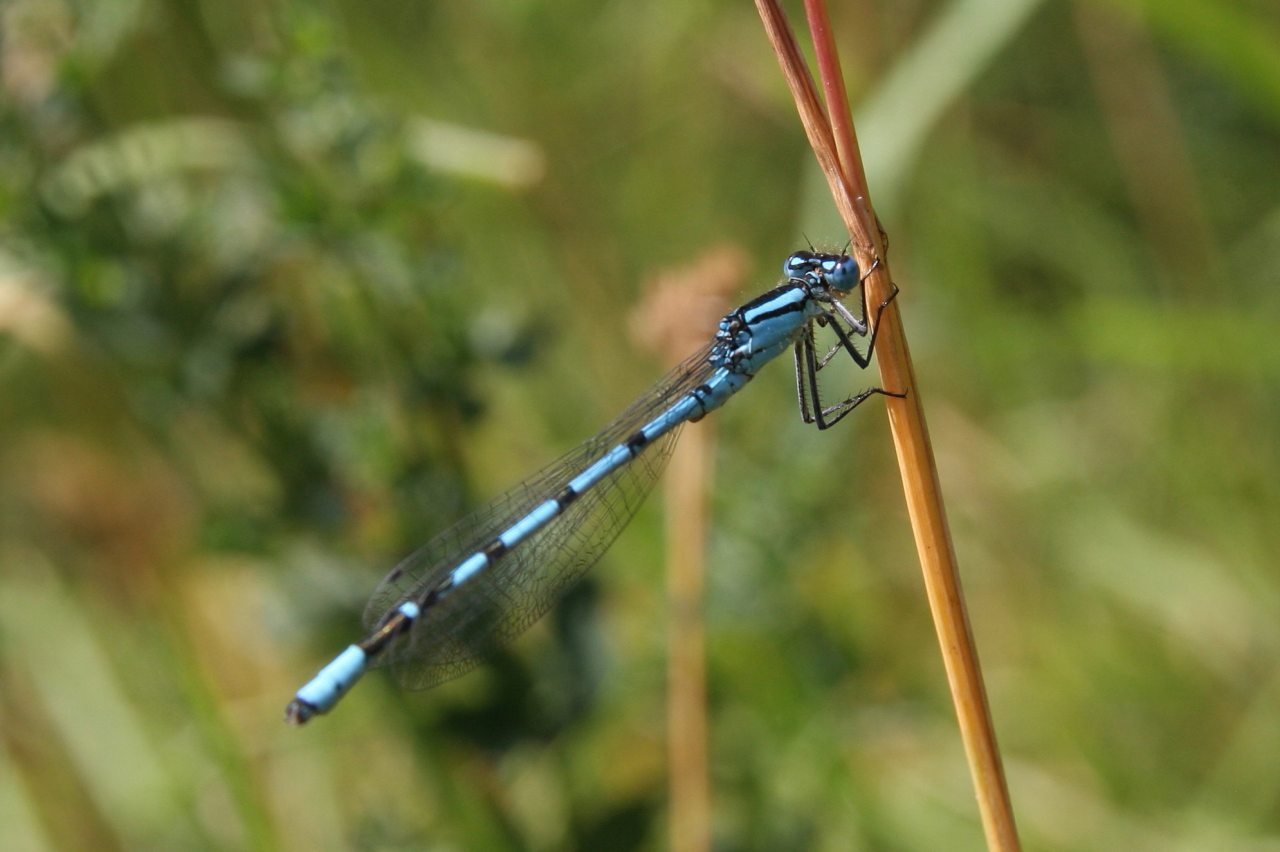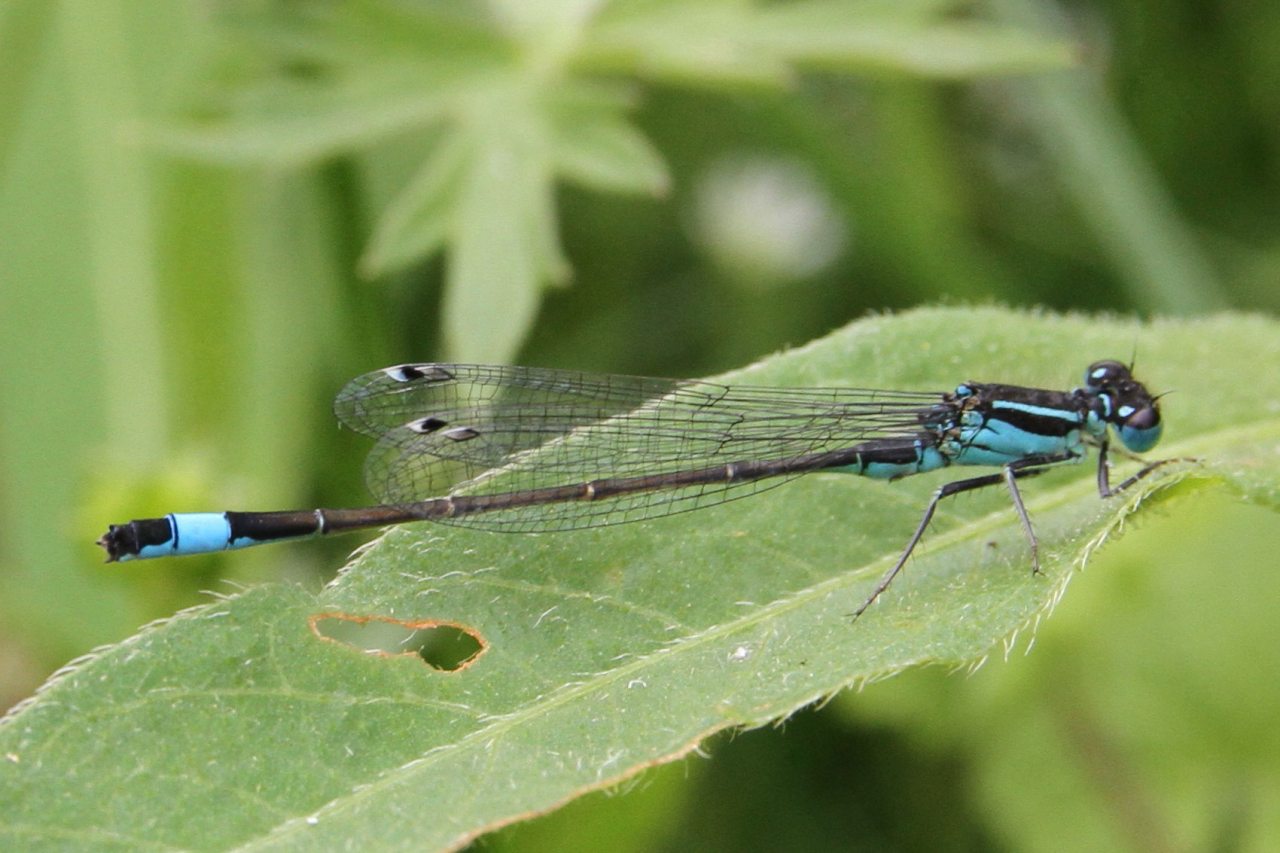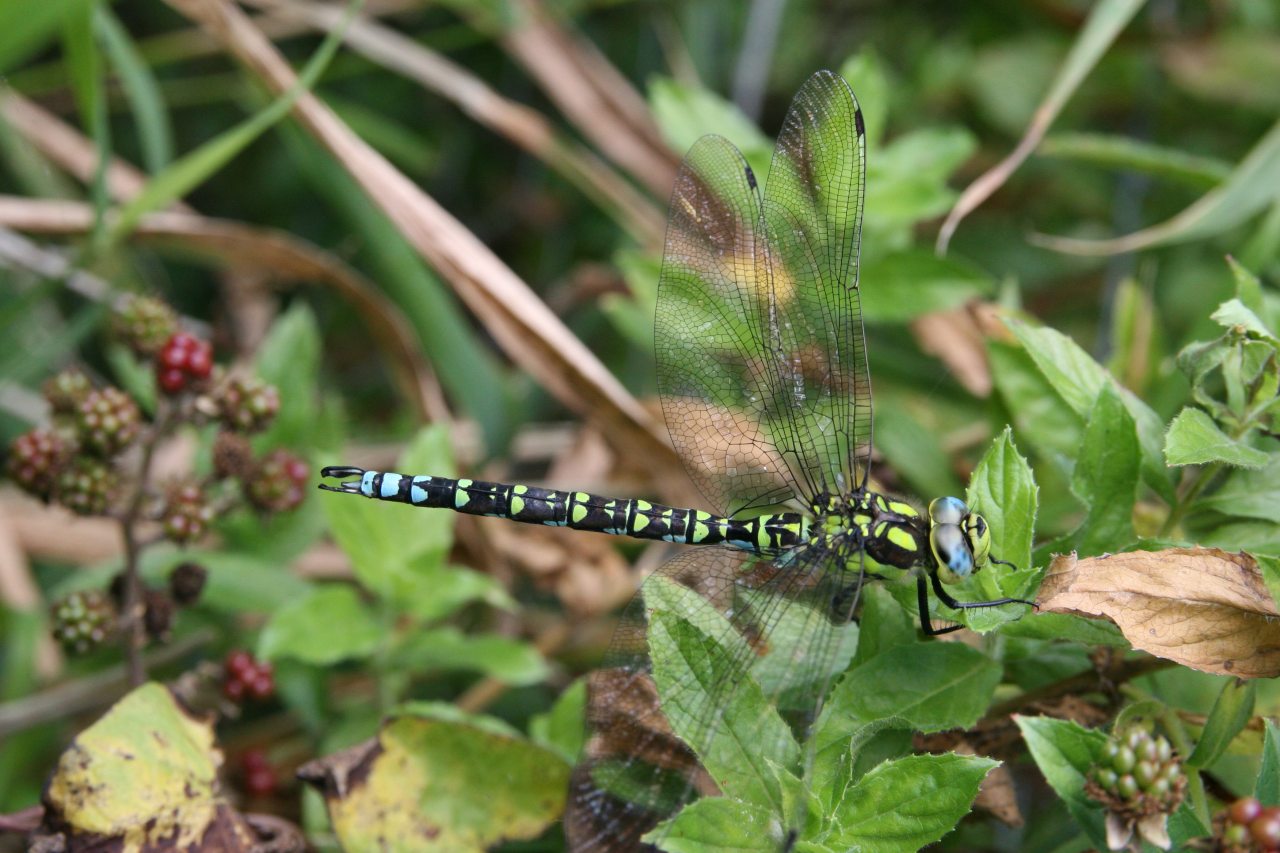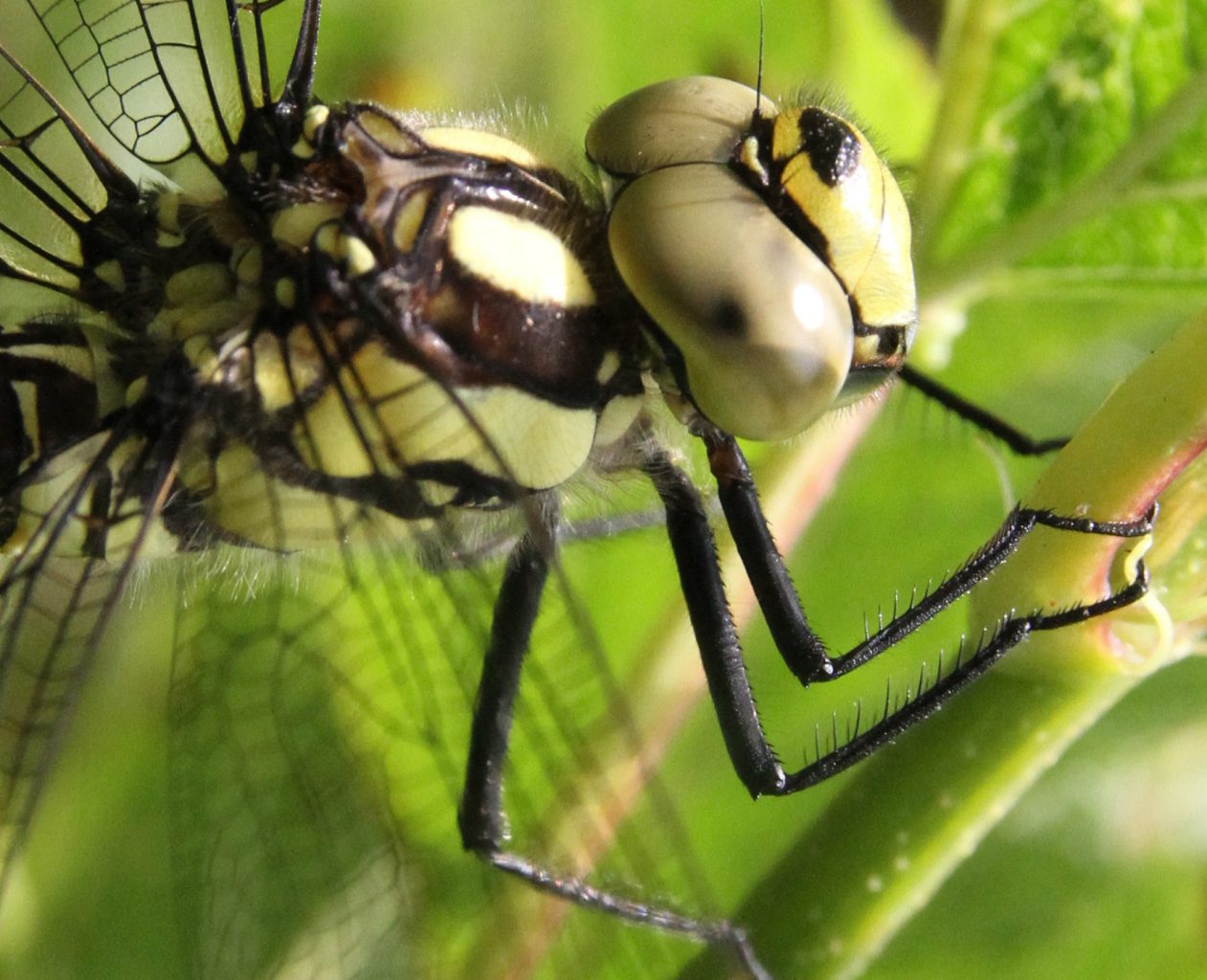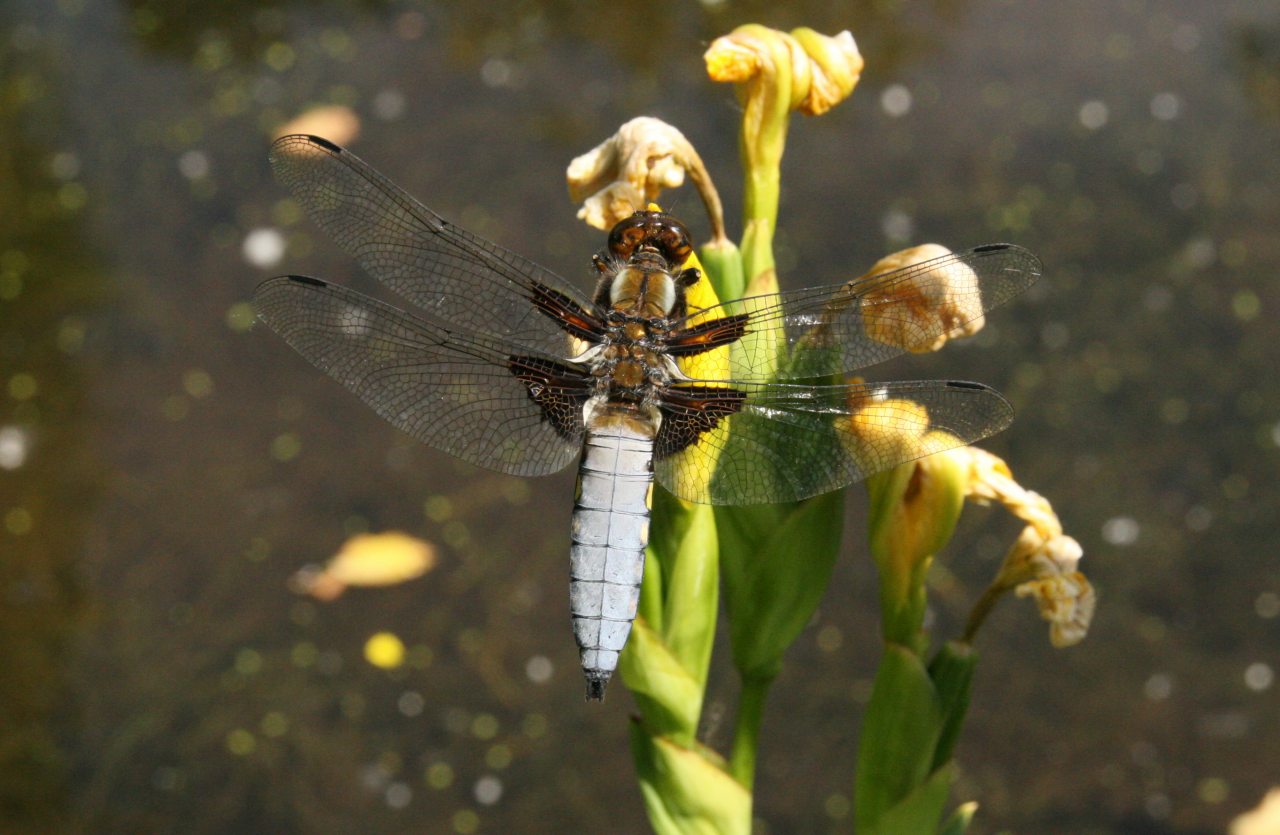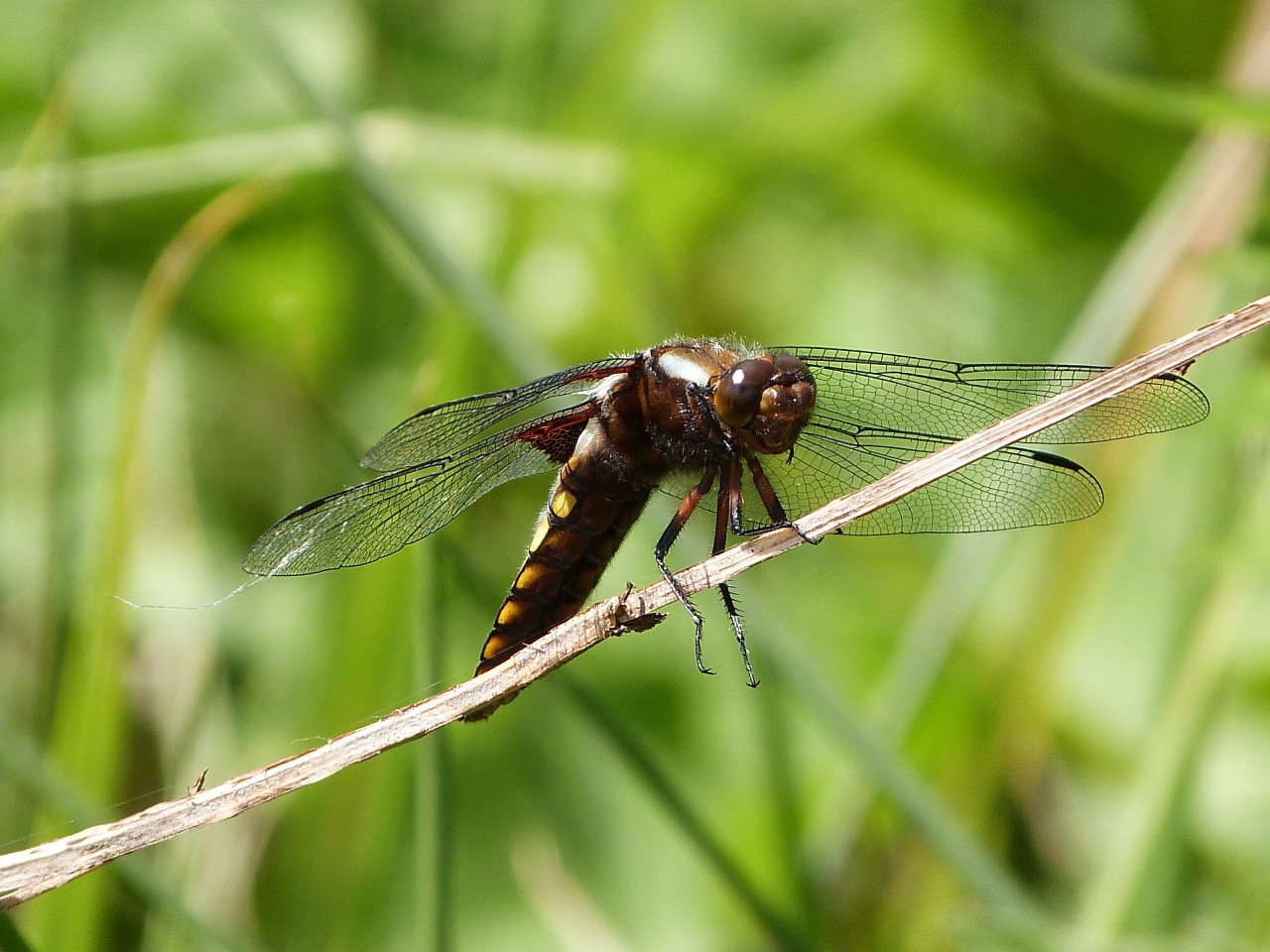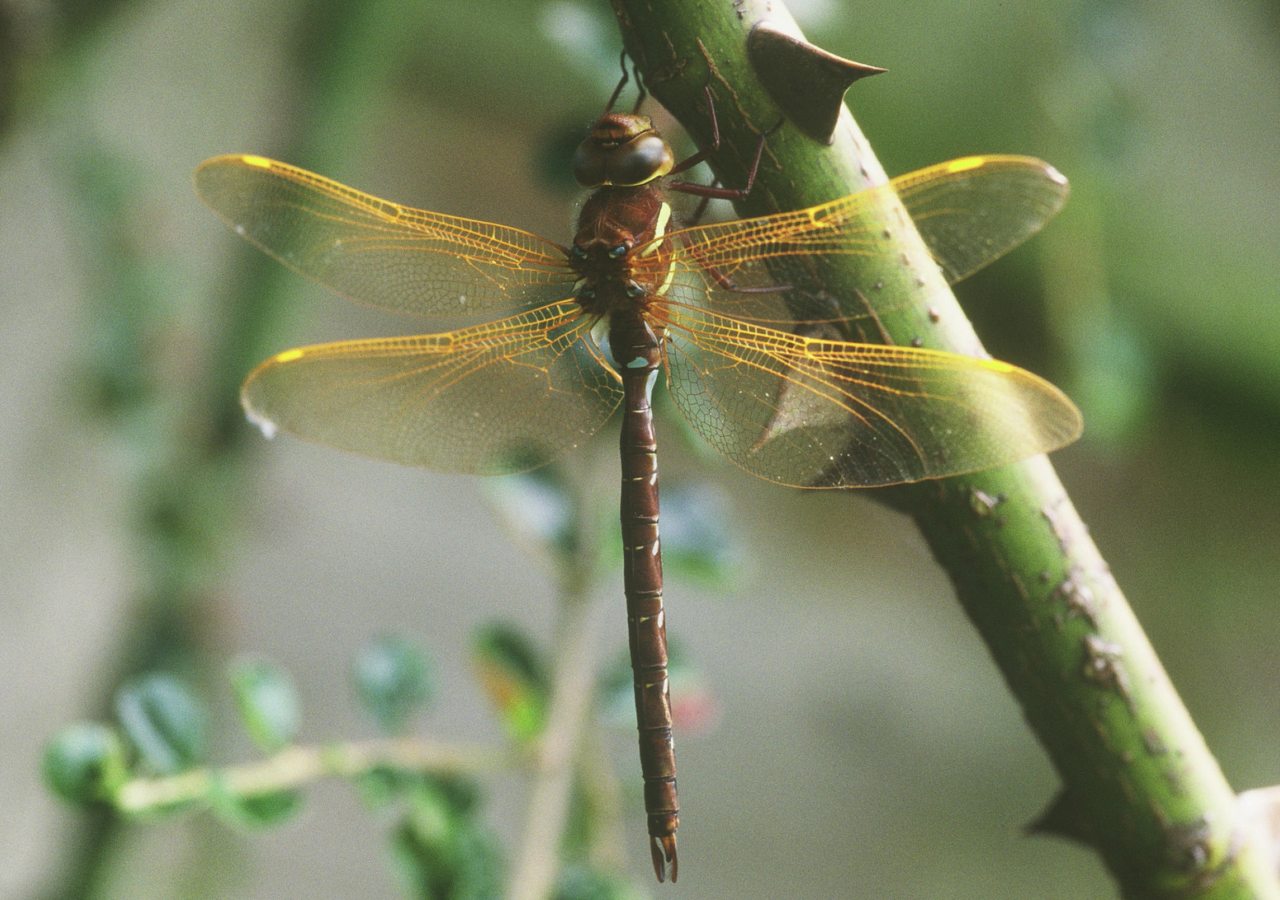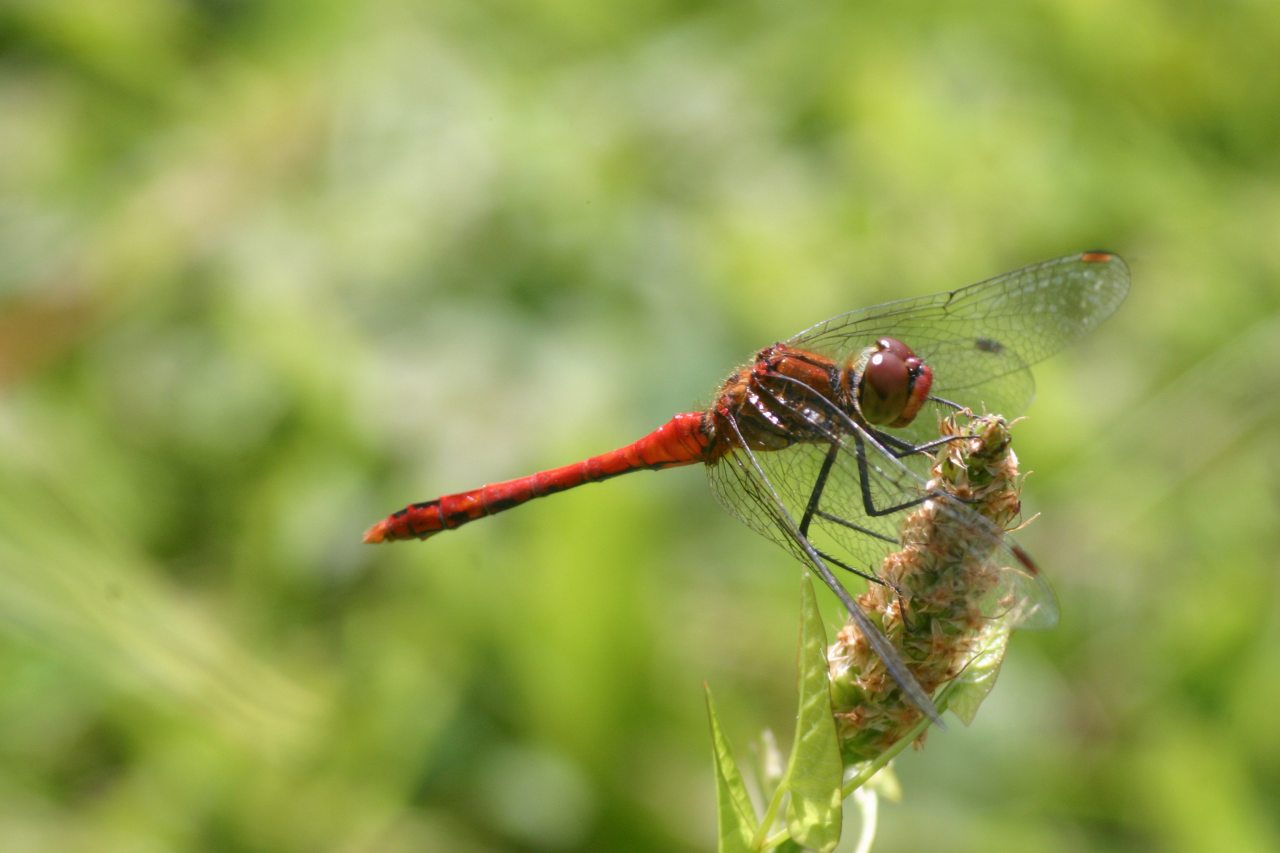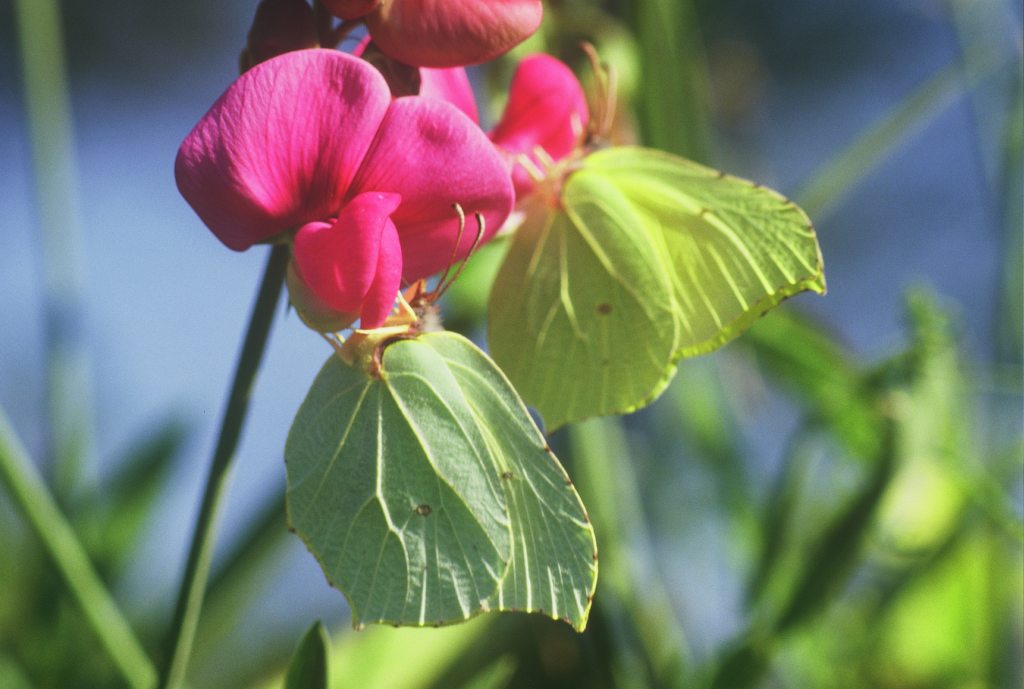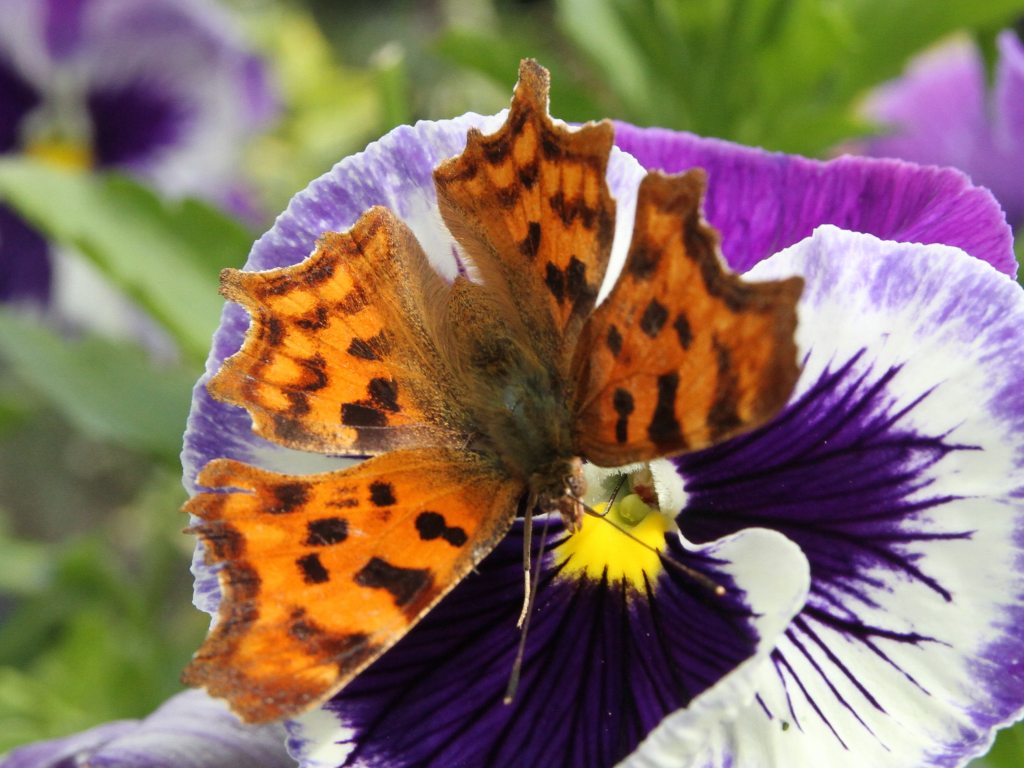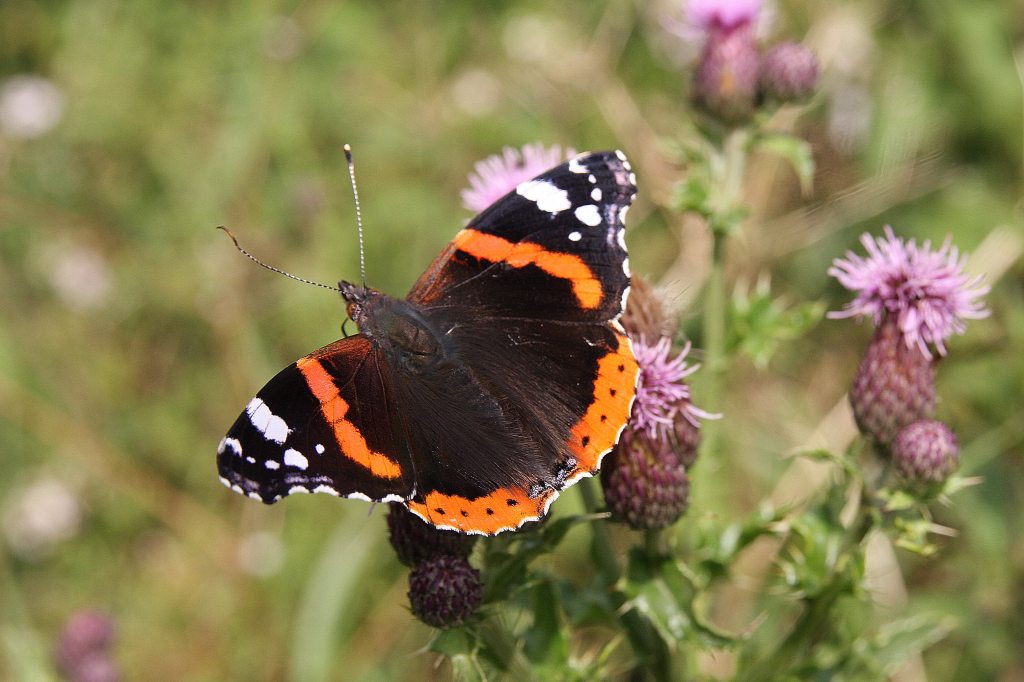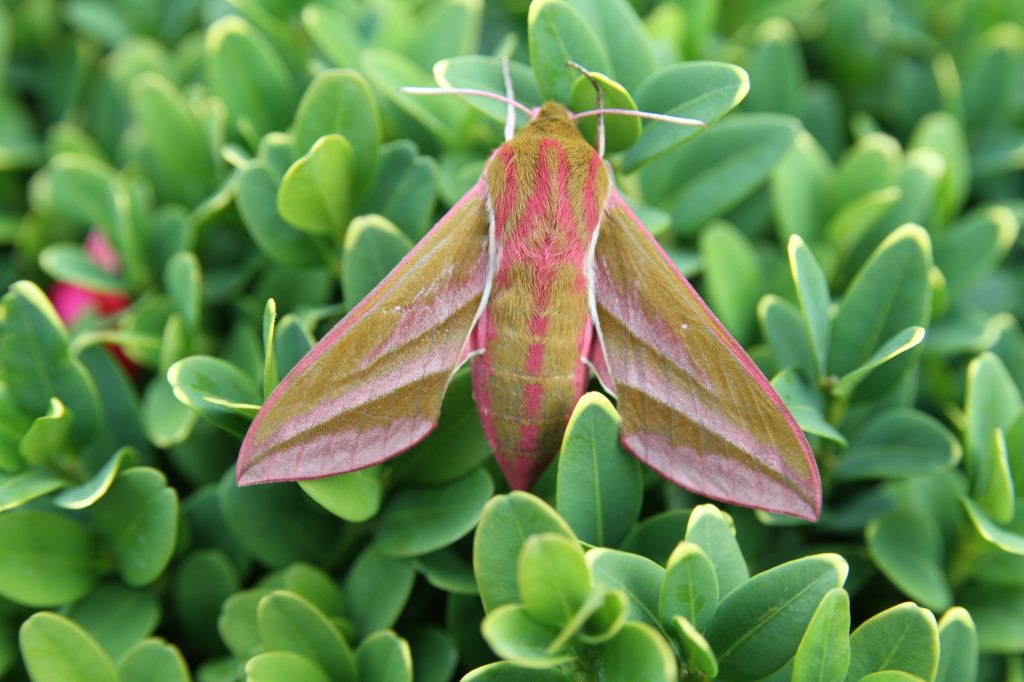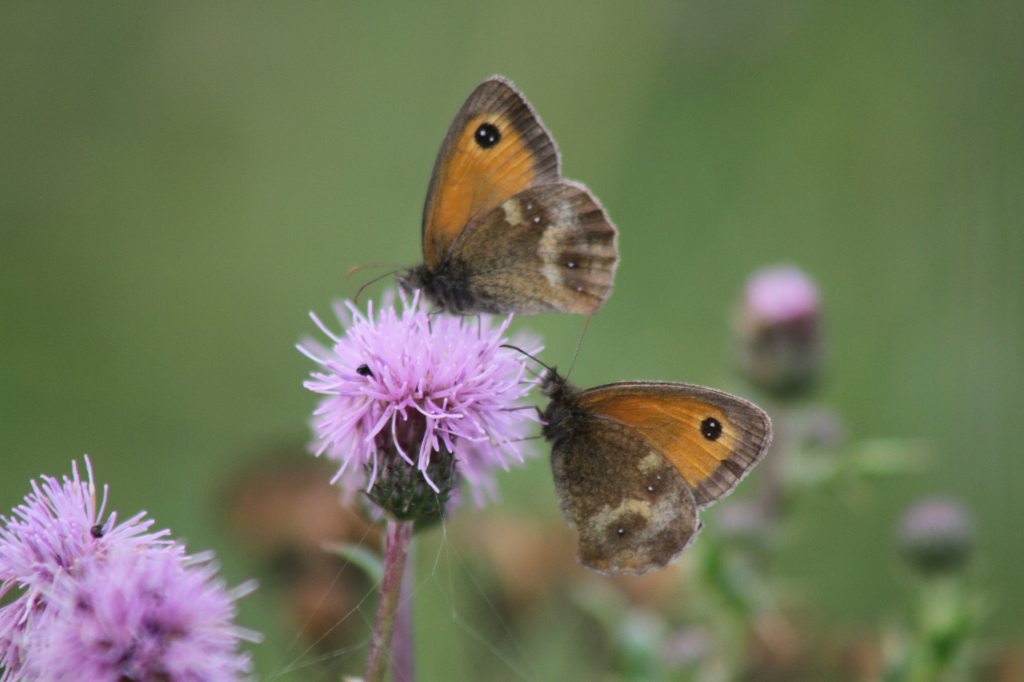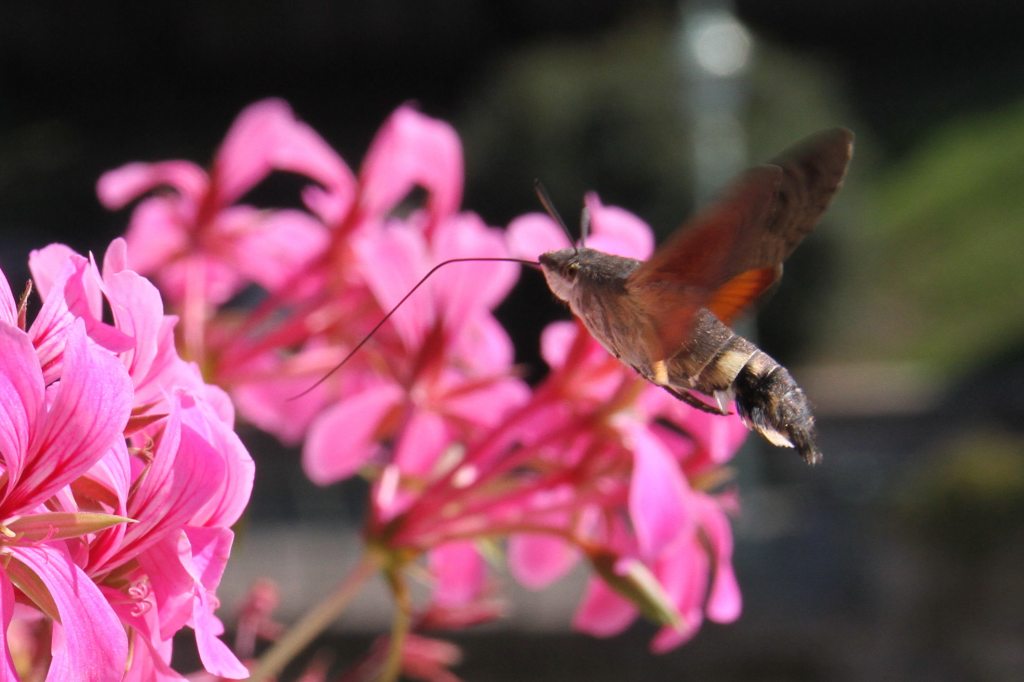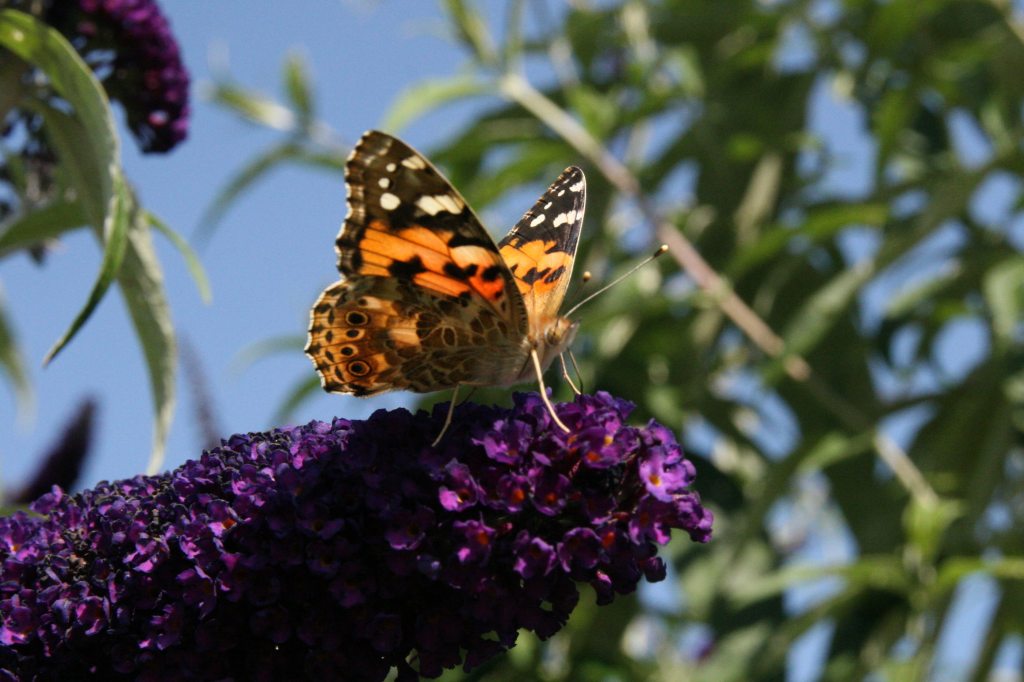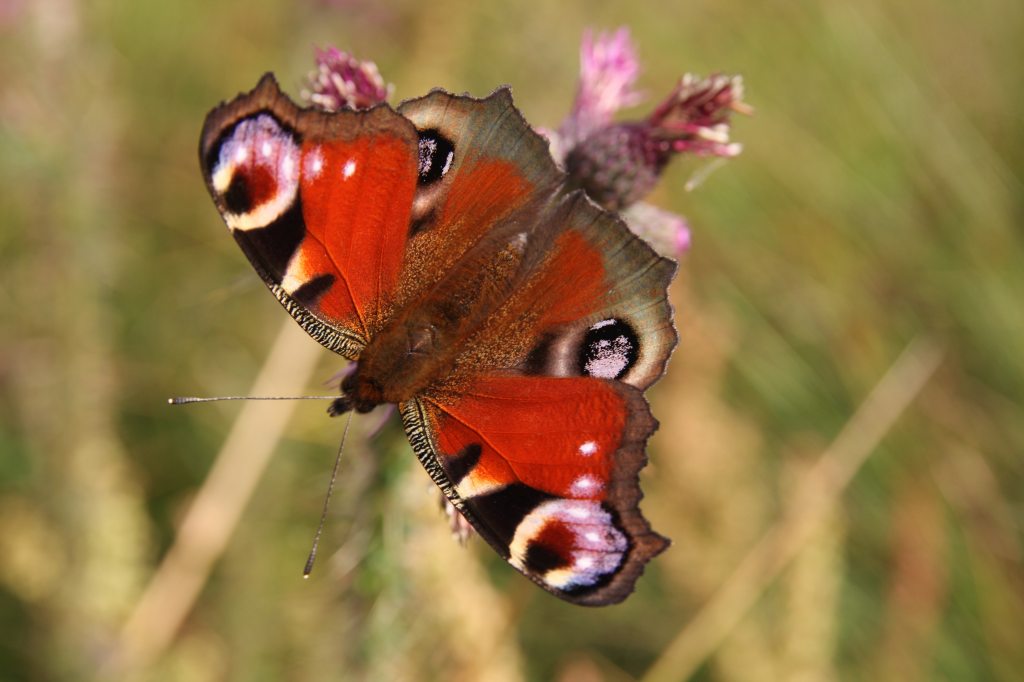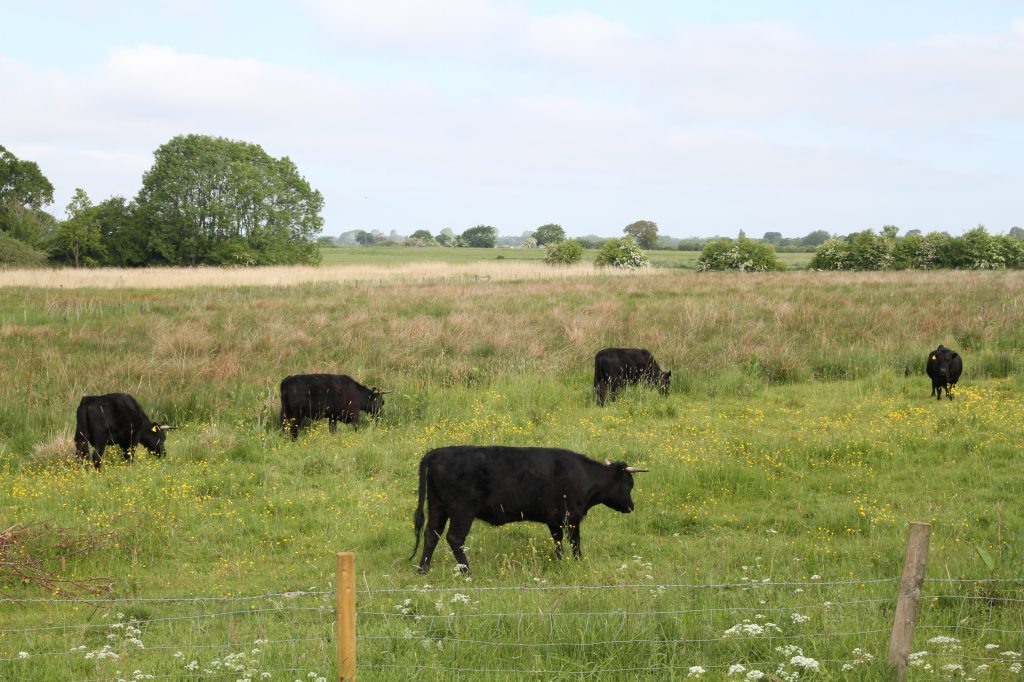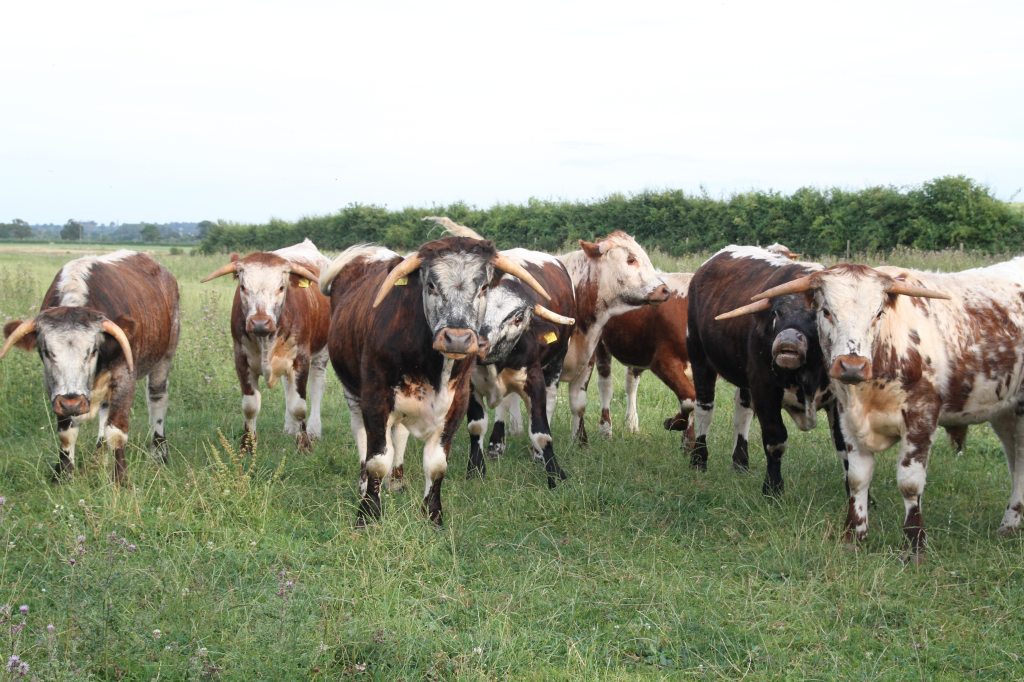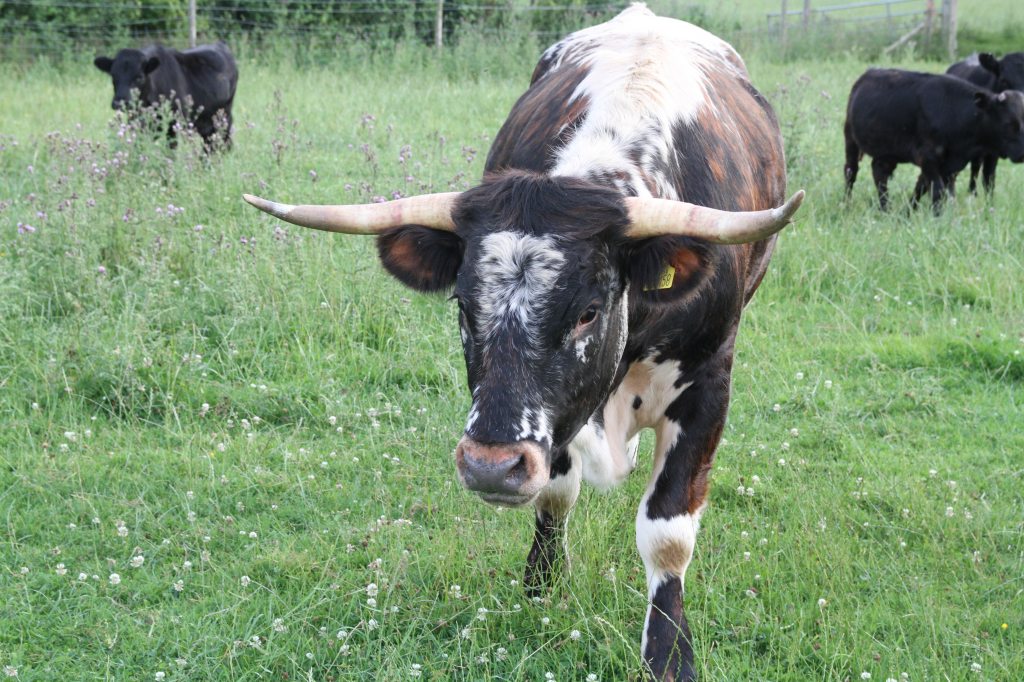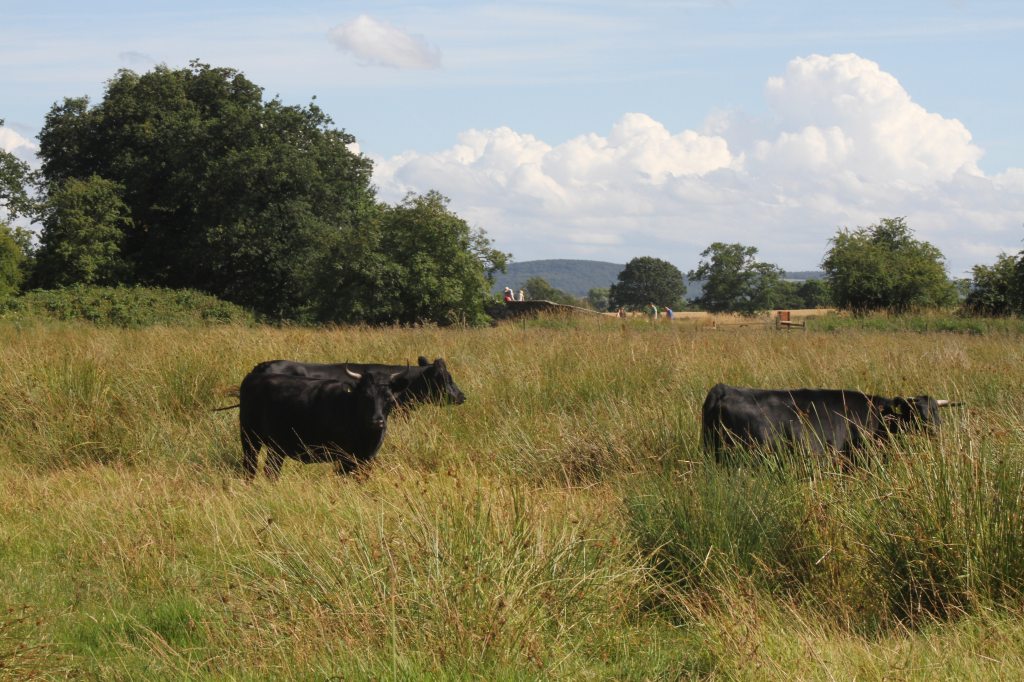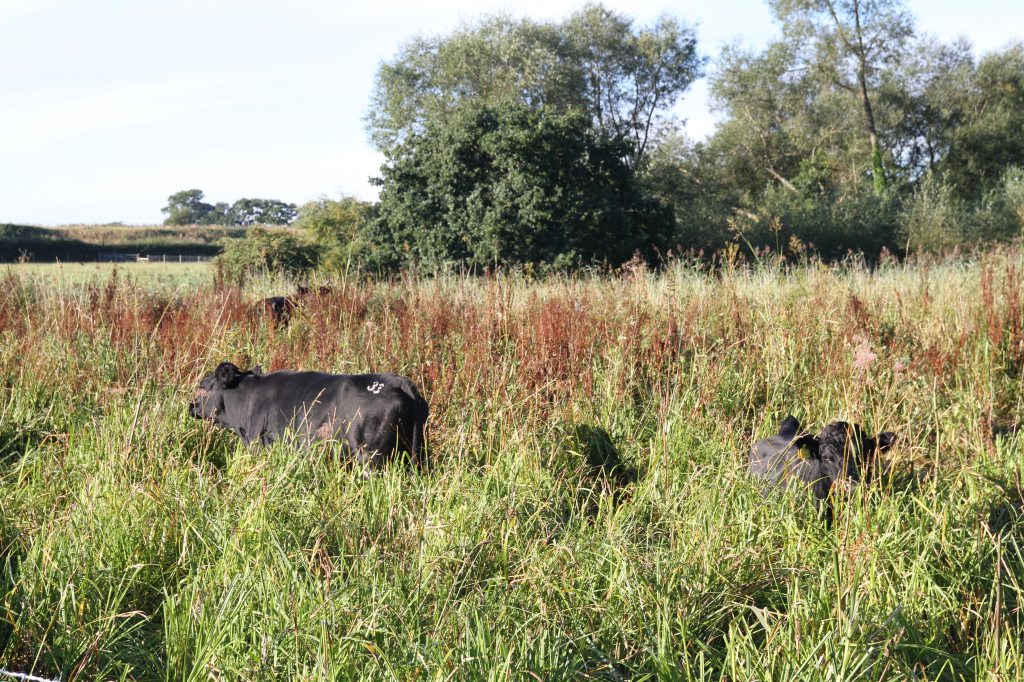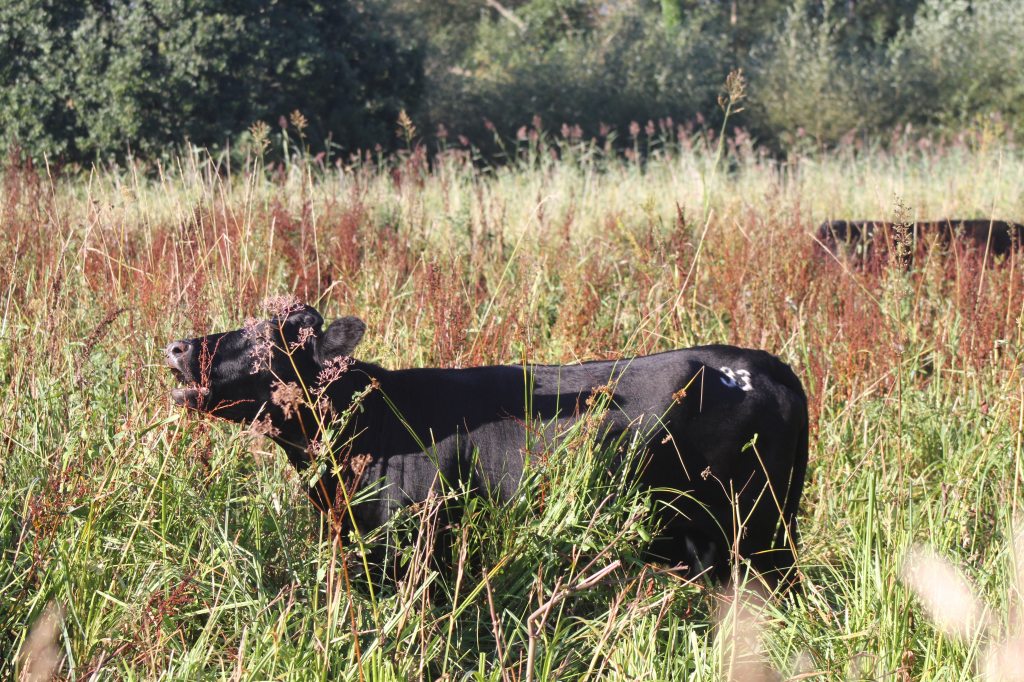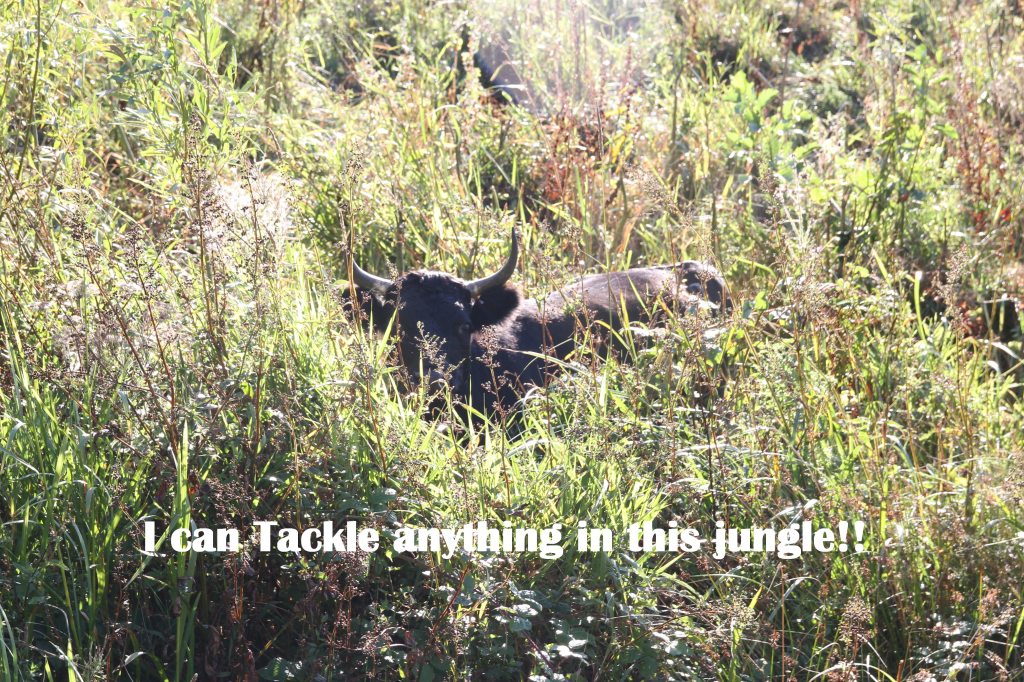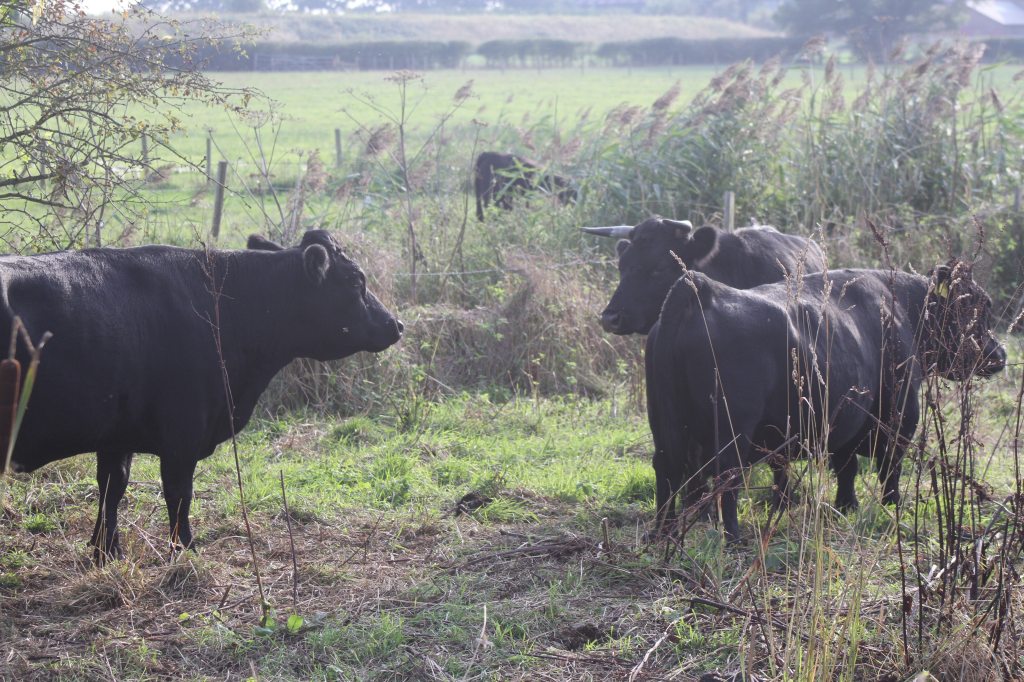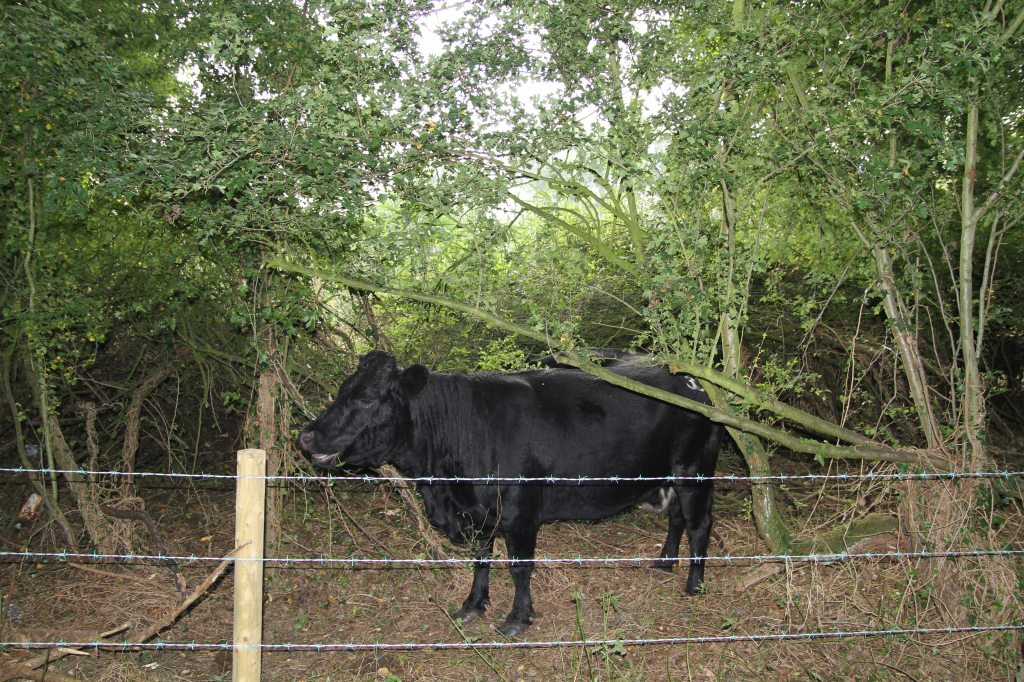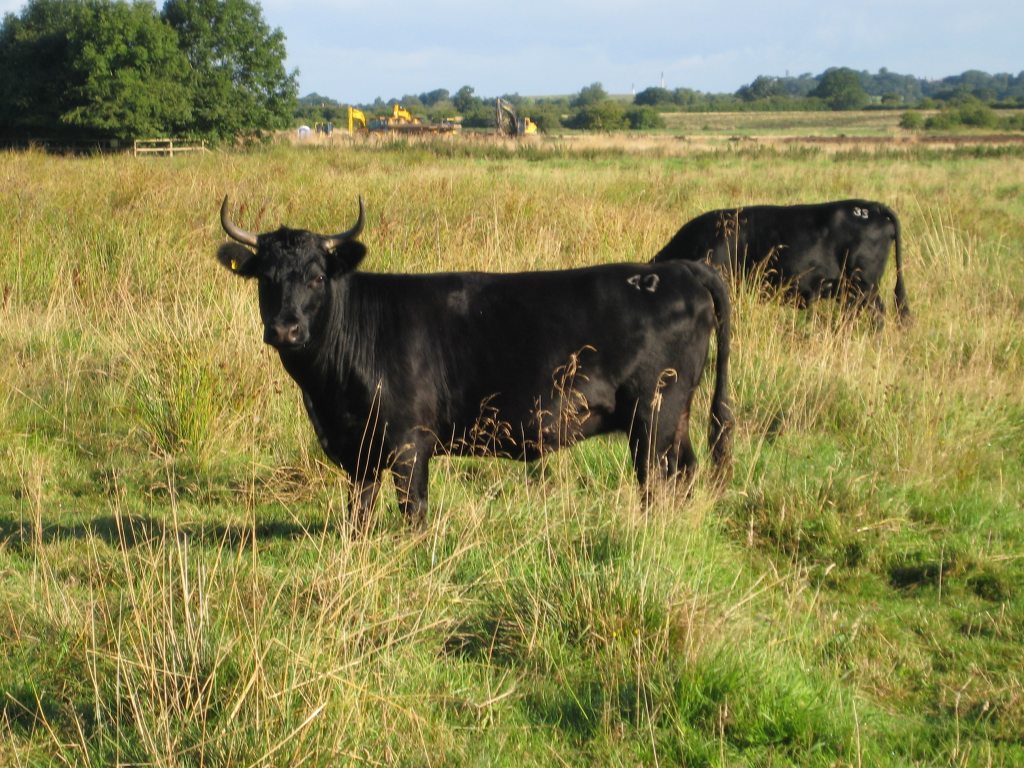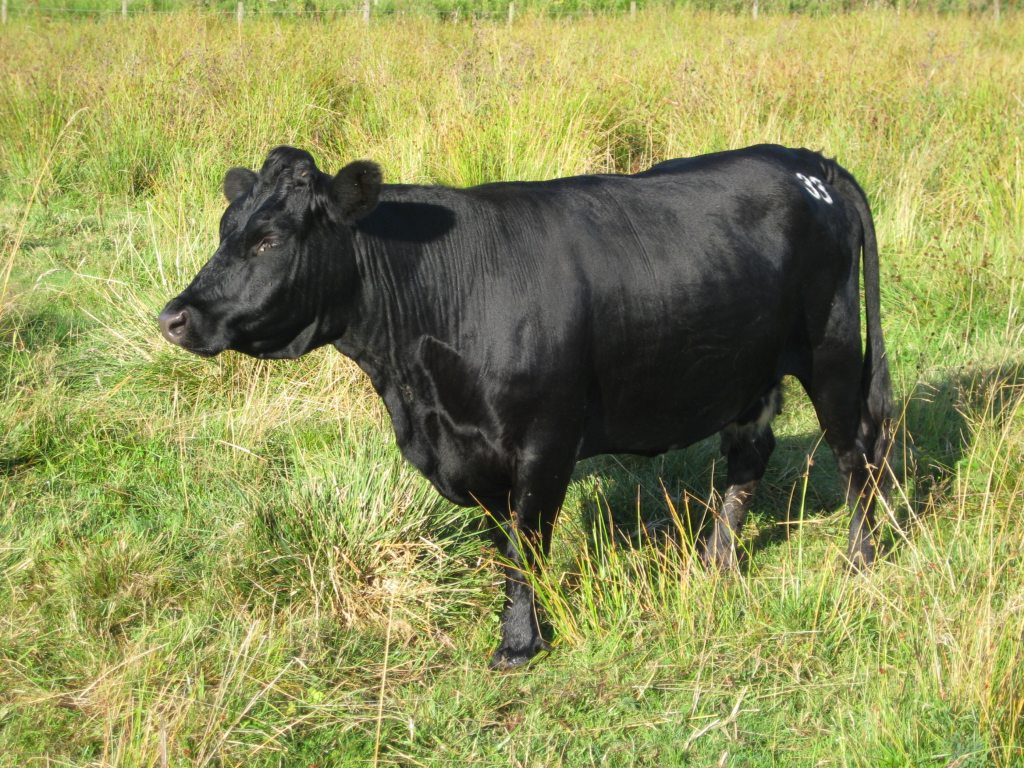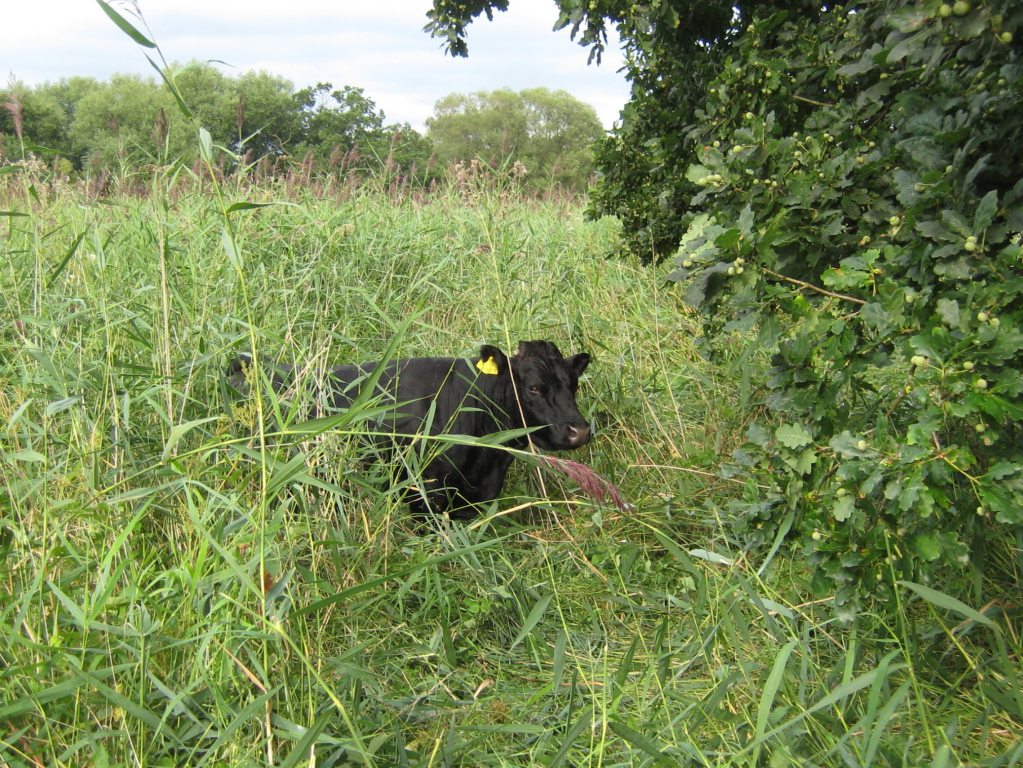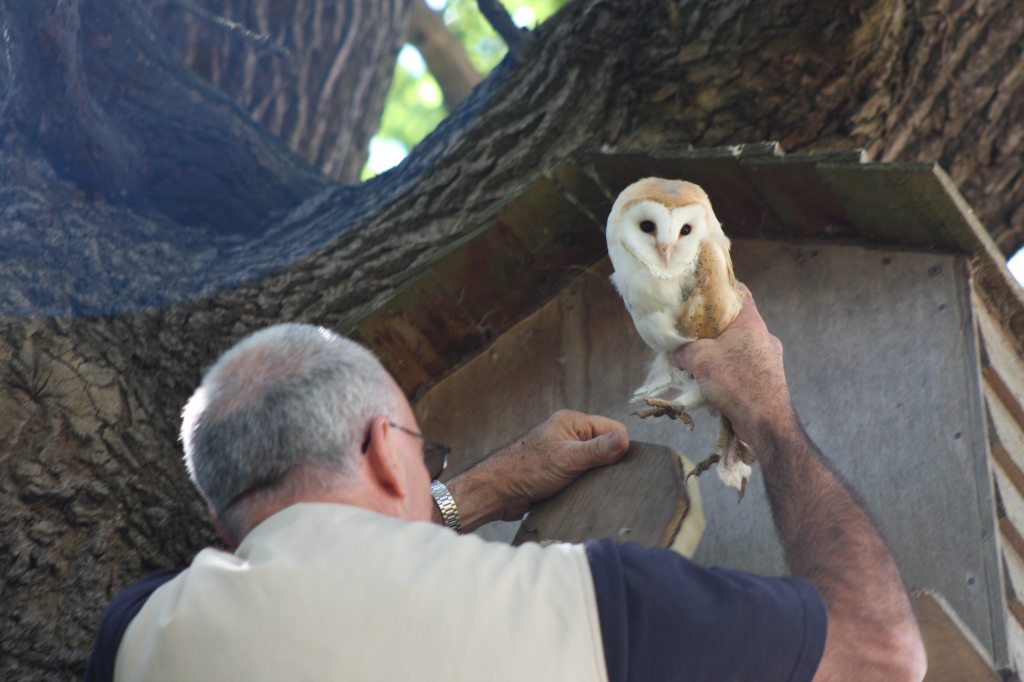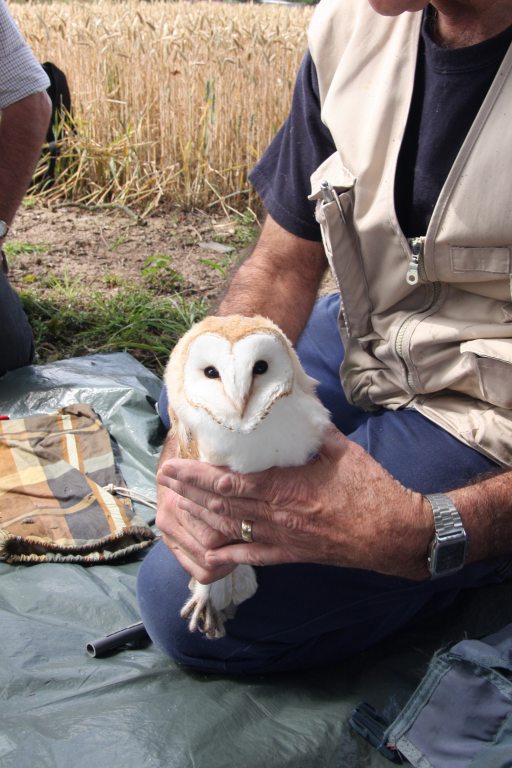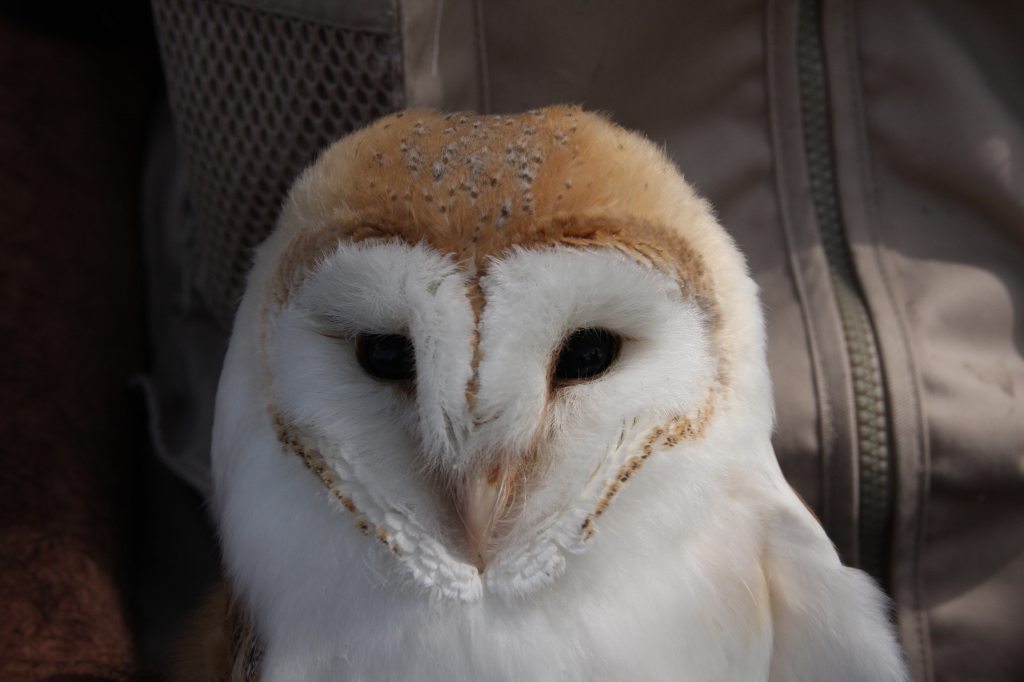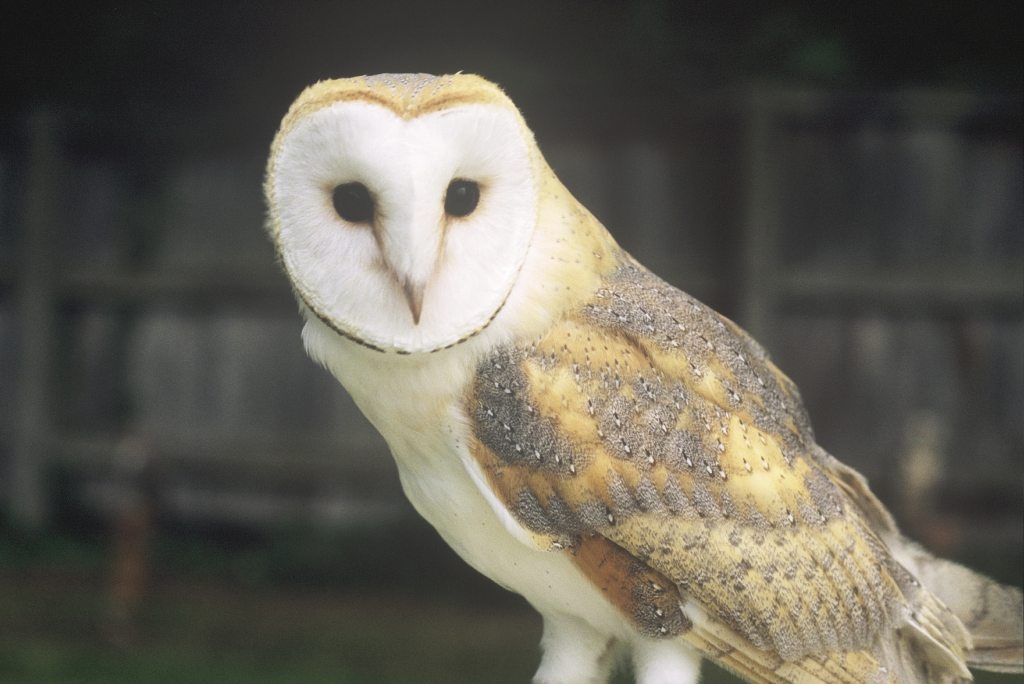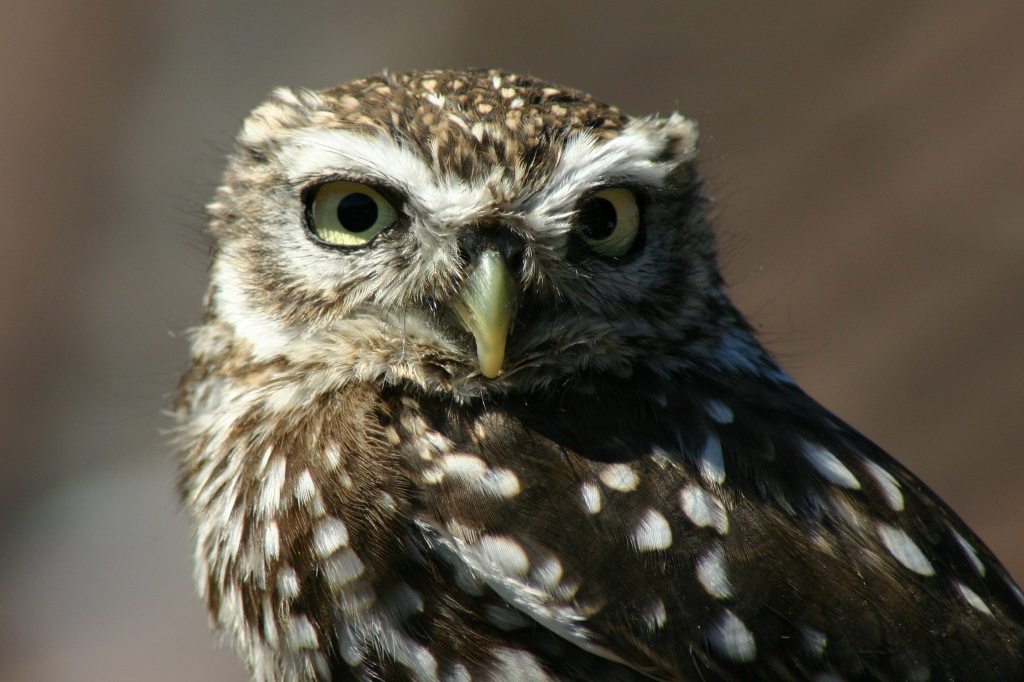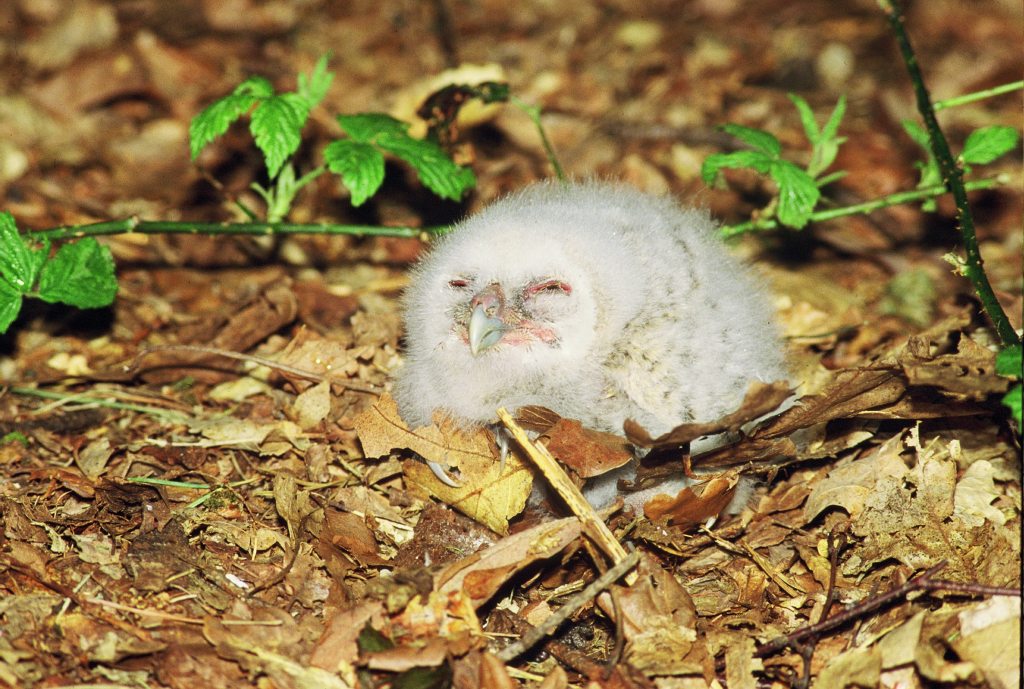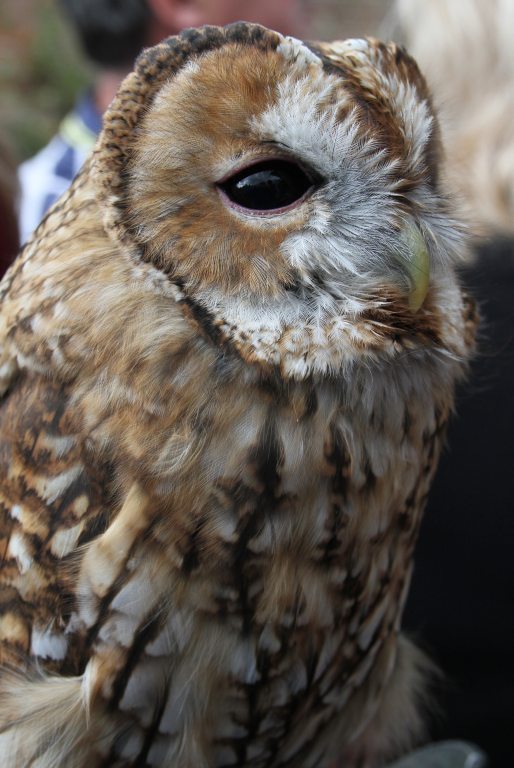

2013
JANUARY 2013
The recent visit of a superb plumaged male Mandarin duck to the canal at Waverton, reminded me of some other colourful water birds I’ve seen this year. Kingfishers regularly appear on local waters, and can often be seen perching on a branch, before flying ahead of people as they approach, only to land an agonisingly short distance away, and repeat the process. Their colourful plumage and relatively small size is a giveaway to this species, but they also have a distinctive piping call. Another colourful visitor to local waters is the Great crested grebe. These delightful water birds have feet set back on their body to aid swimming and diving, helping them feed on small fish, crustaceans, insects, tadpoles & frogs. They have a relatively long neck and their head has a wonderfully plumed dark green crest, on top of a russet red head with white face. Grebes are well known for their elegant mating displays, and can often be seen carrying their stripe headed young on their backs in late spring. There are many other water birds with distinctive features appearing in the area from time to time, such as the Avocet, a delightful black & white bird with an elegant upturned bill and bluish black legs. Black winged stilts are another species, with a rather gawky appearance, unusually long wader type red legs and shorter straighter black bill. Both these birds appear from time to time on the Dee or Frodsham Marshes, and Avocets have now begun to breed in the area, continuing a welcome increase in numbers across the country after being almost absent from the UK in the 1950’s. Another unusual visitor is the ruff. The male bird pictured was photographed at Martin Mere. I don’t think any other water bird has such an exotic plumage.
-
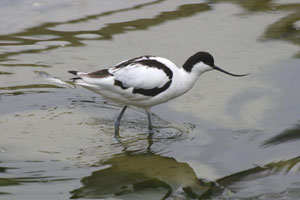
Avocet
-

Black Winged Stilt
-

Crested Grebe
-

Kingfisher
-

Mandarin Duck
-

Ruff
FEBRUARY 2013
On almost every body of water, pond, canal, river or marl pit in our area you will find good numbers of small dark coloured water fowl. They should be easy to identify, but if you are not sure, then here are a few clues. The moorhen has a black body, red & yellow bill, and distinctive white under tail feathers especially when alarmed. They move rather clumsily on land, but can often be seen nodding/jerking their heads while both swimming and walking. The alarm call is a harsh kirrrk, but if in flight more like a kek kek. The young, usually three or four in a brood with red punk like heads, and are difficult to distinguish separately from the young of the coot. Coots are also found in good numbers, but are larger, more rounded and blacker than the moorhen, and have a distinctive white forehead and pink bill. They have unusually large feet, which look rather ungainly, but perfectly adapted to use on marshy areas. Their call is rather like a kowk, with an alarm call which sounds like a sharp pitt pitt. The coot can also be seen diving like a dabbling duck and can stay under the water for a considerable time, as it searches for food. It also flaps its wings frantically and seems to patter across the water before taking off. Coots can often be seen behaving aggressively to each other, and there are often vicious disputes over territory, especially during breeding time. Both moorhens & coots feed on seeds, shoots, and fruits of water plants as well as snails, tadpoles and insects, and breed in a wide variety of habitats, ponds, canals, ditches etc. They are very successful breeding birds and can have perhaps up to three broods in a good year.
A rare visitor to Hockenhull Platts or the Dee Marshes is the water rail. This species is slightly bigger than a moorhen but has a very distinctive downward curved red bill, slate grey coloured head & body, brownish streaked wings and long pale orange coloured legs. They are much more secretive than a moorhen or coot, breed in thick reed beds and also have a very loud warning call, often described as like a squealing pig. They are solitary birds and it is rare to see more than one. It moves with a slow jerky movement, moving almost secretly from reed clump to reed bed, but is a very exciting bird to watch on the rare occasions it is possible to do so.
-

Coot
-

Coot Nest
-

Coot and Babe
-

Moorhen
-
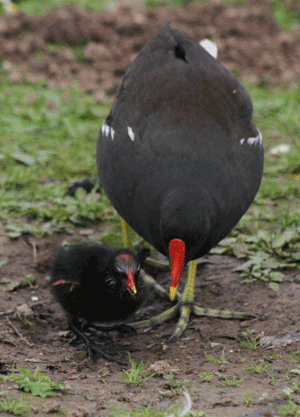
Moorhen and Babe
-

Water Rail
MARCH 2013
March is a good time of year to see all four species of thrush that we have in the UK. Locally song thrushes are beginning to produce their early morning song, and can often be seen smashing snails onto garden steps to produce fast food! You might also see them inclining their heads to one side over a lawn listening for worms, which they eagerly devour when they’ve removed them from the ground. Song thrushes are the same size as blackbirds but have a very speckly yellow & brown streaked breast. Mistle thrushes are larger, more upright and a much paler colour than the song thrush, often seen perching on church roofs, telephone wires or on the top of holly bushes. There is still time to see the rarer wintering Scandinavian thrushes, the redwing and fieldfare. They often fly around in flocks of 400 of more, and are rather shy, although when needs must, they will come into gardens to forage on berries or rotting fruit. Just recently both redwing, song thrush size but with a distinctive white eye stripe, and the more colourful and larger fieldfare, have been seen eating all the remaining berries and fruits from the hedgerows and gardens in Christleton, Littleton and Vicars Cross. One of the most amazing wildlife sights I have ever seen was the arrival in the Brecon Beacons in October 2002 of tens of thousands of redwing & fieldfare, on migration from their breeding grounds in Norway & Sweden to spend their winters in the UK. This particular group was so large that the sky turned black as they flew overhead in the beautiful Senni Valley between Ystradfellte & Brecon. Parties of them kept on landing on the hawthorn hedges, feeding and then taking off in huge numbers as we drove slowly along the narrow mountain road. Both fieldfare & redwing will stay around until mid to late March, before they fly back across the North Sea to breed once again in their homeland.
-

Fieldfare
-

Mistle Thrush
-

Redwing
-

Redwing
-

Song Thrush
APRIL 2013
This is an excellent time of year to see small birds in your garden. If you’ve been feeding the birds throughout the winter, I’m sure you will have seen many of those mentioned. Robins are quite forceful characters and often appear quite sharp with other small birds, which happen to get in their way. I heard recently that someone had 5 robins in their garden at one time, which must be a record as they are normally seen individually, and occasionally in pairs. It’s almost impossible to tell the different sexes, as both have distinctive red breasts in the breeding season. Youngsters are of similar size but very speckly brown when born, but won’t be seen for a few months yet. Wrens on the hand are small and secretive, almost seen as a little mouse creeping about the undergrowth, but with a magnificent song for such a small bird. It also has a pronounced cocked tail.
The dunnock or hedge sparrow is also very secretive, speckly greyish brown and rather dowdy in colour, but also has a sweet but relatively quiet song. It can often be heard singing from the top of the hedgerow or a conifer. Starlings are the punk rockers of the bird world, wonderful texture and colours on their feathers when seen close up, and a bird that can mimic many others in their loud calls. They are getting relatively scarce these days, but can be seen in quite large groups at times, and they too will come to bird feeders.
The house sparrow is yet another common species in decline, but we have quite good numbers feeding in our garden. They like emerging from the hedge alongside the canal, take food quickly from the feeders, and move on. This action is possibly because we often have a sparrowhawk on the hunt for food along the canal.
-
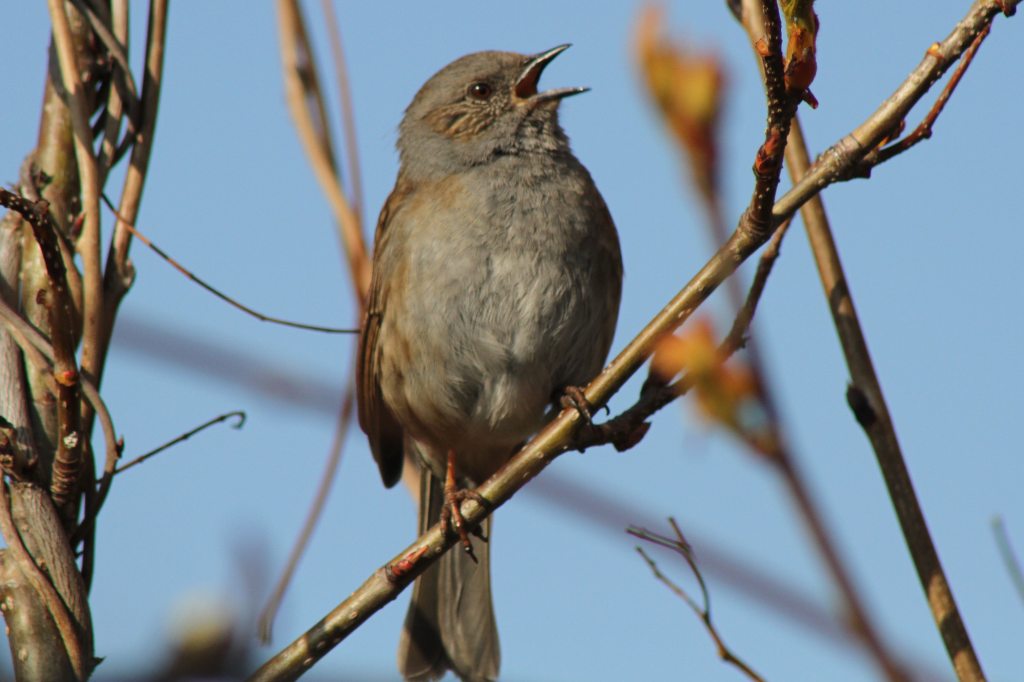
Dunnock
-

House Sparrow
-

Robin
-

Starling
-

Wren
MAY 2013
Mammals in the Chester area seem to be having a tough time at present. I’ve observed lots of baby badgers lying dead at the roadside, together with the occasional fox and polecat. The large number of dead badgers almost certainly indicates the healthy numbers we have in this area. However badgers are also in the news, because they are possible carriers of TB to cattle, and Cheshire Wildlife Trust are carrying out trials to see if vaccination could be a solution, rather than culling the entire population of an area. Although to the public they are cuddly creatures, we must try to find a solution to prevent damage each year to our dairy heritage through the loss of so many cattle. There have been fewer brown hare around this spring. The sight of two adults facing each other and appearing to be boxing each other is a welcome sign of spring. However this boxing is a mating display, and seeing young leverets in the field, as shown, the consequence.
Reports from all over the district seem to indicate that the hedgehog population fared better last year, however the severe winter weather might just have created a set back. Otters and water voles seem to be on the increase, with regular sightings being made on both the Gowy & Dee. It’s too early yet to indicate whether they might have been affected by the extremely high water levels seen through the autumn, winter and early spring. As the rainfall between March 2012 and 2013 has been the highest for many years, the river Gowy in particular, has flooded to a higher level, and more often as a consequence.
-
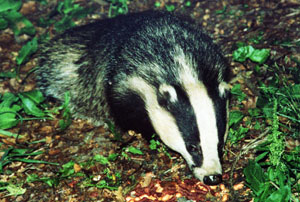
Badger
-

Fox
-

Leverets or Young Hare
-

Hedgehog
-
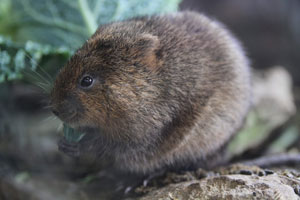
Water Vole
-

Otter
JUNE 2013
Most people are familiar with blackbirds that appear in most gardens, but the larger black birds, members of the corvid or crow family often cause confusion. The jackdaw is probably the easiest to spot, with its smalerl size, quicker movement and grey patch on its neck. It appears around churchyards and has a big roost at Beeston Castle crags. It has a call that is like a metallic “chak chak”. The raven the biggest of these black birds also lives on these crags and also has a distinctive call “krrooap krrooap”. It also has a distinctive wedge shaped tail. A pair of ravens can often be seen & heard around the canal in Waverton, but it’s not known where they roost. Carrion crows and rooks are the middle sized of these black birds and look similar with wedge shaped beaks. However the crow has an all black beak, whilst the adult rook appears to have a white face. Both eat carrion, but spend a great deal of time feeding on cultivated land, and will eat almost anything. The lack of animal carcasses or bird kill on roads often indicates that the crows have been there first. My favourite of these large black birds is the chough. These can be seen more and more on the sea cliffs of Anglesey or Cornwall, where it is the County emblem. They have a very distinctive red bill and red legs and when they fly have prominent fingered wing tips, which really stand out. Their call is a loud “pcheu, pcheu” which can be interpreted as “chough”. The chough also appears in the mountains of Austria & Switzerland, but there they have yellow beak and yellow legs.
-

Chough in Flight
-

Crow
-

Jackdaw
-

Raven
-

Rook
JULY 2013
I’m sure that people watching BBC Springwatch will have been inspired to look out for wildlife in their gardens and local area. Using so many wonderful cameras operated by very clever technicians, they really bring the world of wildlife in close up into our homes.
However there are tremendous spectacles to see out there, sometimes unexpectedly as on Sunday when 200-300 rooks/crows could be seen like a black cloud in the sky following tractors making silage on a field near Bickley. Whilst on holiday in Pembrokeshire recently we had the joy of seeing 50-60 dolphins playing in the Irish Sea. They seemed to be following our boat, swimming beside it, under it, appearing from all angles around it, and disappearing just as quickly. In one instance a group of four leaped right out of the water and splashed back in again really enjoying their play. It was a photographer’s nightmare to try to capture them on film. It was a case of shoot and hope, but what a fantastic spectacle. After ten minutes or so of this extended play they went back to the serious task of catching fish to eat. On the same boat journey we were taken to the island of Grassholm to see the estimated colony of 100,000 gannets. The island stands out some eight miles off the Welsh Coast, almost completely covered by these magnificent white birds on their nest ledges, surrounded by their rather smelly white guano. The air was alive with thousands of these huge sea birds, and many could be seen on fights to and from the island, as well as diving spectacularly from great heights to catch unsuspecting fish swimming below. They plummet into the sea at great speed, like sharp arrows, and after a while usually emerge with a fish clamped to their beak. They are rather ungainly as they try to take off again, but soon adopt the superb flying style that they have. They often fly in formation, long lines of up to twelve or so birds stretching across the sky. They really are elegant birds, the adults with their pronounced yellow head, white body, black wing tips, and huge beak. They are not much smaller than a swan in size, and fortunately numbers are currently on the increase in the UK, especially in Wales.
-

Dolphin
-

Bottle Nose Dolphin
-

Dolphins Having Fun
-

Gannets Nest Site
-

Gannet
-

Grassholm
-

Island of Grassholm
AUGUST 2013
-
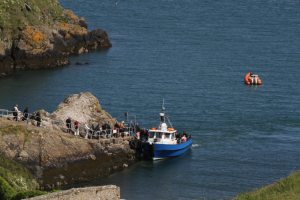
Skomer Boat
-
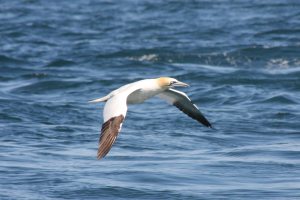
Gannet
-
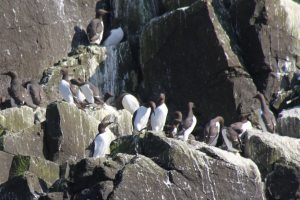
Guilemote Ledge
-
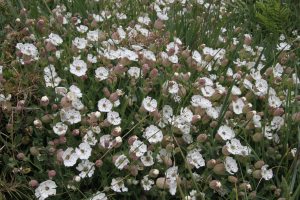
Bladder Campion
-

Bladder Campion
-
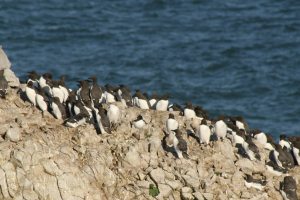
Guillemotes
-
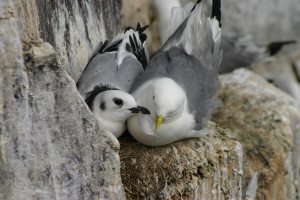
Kittiwake Chick
-

Kittiwake Chick
-

Puffin
-

Puffin
Following my story last month about amazing wildlife sightings in Pembrokeshire I thought I would follow it up with a visit to Skomer Island. This remarkable island just off the mainland is one of the best nature reserves in the UK. Managed by the West Wales Naturalist Trust, it allows people to see seabirds close up. The ideal time to visit is May/June, and you can get there by boat from St Martins Haven, but be warned it is very popular, and it’s first come first served. Even as you set sail the birds are all around you, particularly puffins, razorbills and guillemots. Once you step on land, the rule is stick to the paths, because the birds nest in burrows close to them. You can be within a metre or so of breeding puffins with their colourful beaks, similarly with razorbills and guillemots. They are so close you can almost touch them. The remarkable fact is that tens of thousands of seabirds nest on this island including 1/3 of the world population of manx sheerwater. Late spring sees the flowering of carpets of bluebells, red & bladder campion, sea pinks. Most gull families build their nests amongst the flowers. Underneath the colourful carpet of flowers are the hidden burrows of the manx sheerwater, one of our most travelled sea birds. These ungainly birds (on land) are supreme fliers and in their first season will fly to the coast of Chile & Patagonia in S. America. After four years they return during the darkness of night to their birth burrow, after flying up to the Gulf of Mexico and across the Atlantic to the Welsh coast. Sadly, if they don’t find the right burrow immediately and land away from it, they can easily be predated by the waiting gulls.
As you walk around the island you might also glimpse a peregrine falcon, short eared owls, curlew or oystercatchers. Little owls can often be seen sitting out in the open, listening for their main prey the elusive Skomer vole to scurry through the vegetation. Down below on the rocks there are usually basking Atlantic Grey seals, and out at sea, harbour porpoise or even dolphins. My favourite spot is The Wick, a high cliff where all these sights are possible, accompanied by the noise of thousands of breeding kittiwakes, puffins & other seabirds. It is one of the most magical wildlife spots in Wales.
-
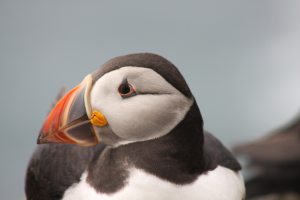
Puffin
-

Razorbills
-

Razorbill and Guillemot
-
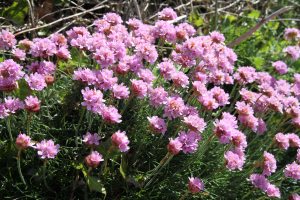
Sea Pinks
SEPTEMBER 2013
-

Four Spotted Chaser
-

Banded Aragon Damselfly Male
-

Banded Aragon Damselfly Female
-

Black Darter
-

Blue Damselfly
-

Blue Tailed Damselfly
-

Southern Hawker Female
-

Southern Hawker Close up
Despite this being a dreadful year for butterflies, dragonflies and damselflies were not affected by the wet & cold weather in spring and early summer and are doing extremely well. There are good numbers about in the area, but it helps if you know where to search. The canal is a good place to see both brown and southern hawkers, both of which have strong flight patterns, whilst places like the River Gowy at Hockenhull Platts, the pond at Walk Mill, or Black Lake in Delamere Forest will bring you close to a number of different species.
This year good numbers of 4spotted and broad-bodied chasers, common and black darters, red, blue & blue tailed, emerald and banded agrion damselflies can be seen in abundance. Damselflies are the smallest, tiny dainty fliers with wonderful colours and helicopter like wings. The bigger dragonflies like the hawkers seem to buzz around you as if giving you a close inspection as you approach, whilst the smaller darters fly quickly about as their name suggests. They all vary in size and colour and rarely stay long enough to get close up photographs. A study of their behaviour however, and an observation of sources of food over the years has enabled me to get very close up, and take the pictures you see.
-

Broad-Bodied Chaser Male
-

Broad-Bodied Chaser Female
-
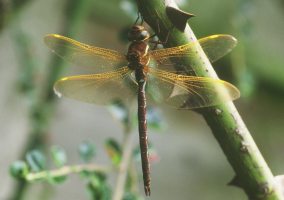
Brown Hawker
-
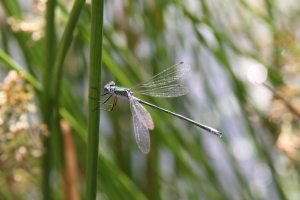
Emerald Damselfly
-

Common Darter
OCTOBER 2013
When I wrote the September A41 article in late July I was really disappointed with the 2013 butterfly season. Suddenly on the 1st August after a fine spell of really warm weather they emerged. Not only did we see good numbers of the expected local species, tortoishells, comma, peacocks, red admirals, gatekeepers, meadow browns, small copper etc, but long distance migrants also appeared. Painted ladies* and clouded yellows which had probably flown all the way from the Mediterranean, and happily fed on our local purple buddleia bushes. Humming bird & elephant hawk moths appeared in gardens at Rowton & Waverton, and a swallowtail moth in Christleton. Another fascinating butterfly seen was a newly emerged male brimstone, bright yellow in colour as it flew along the canal towpath between Christleton & Rowton. The brimstone is rarely seen north of Cheshire, being at the edge of its range, and although specimens are seen in March, they rarely appear again during the season. So to see one newly emerged was a great thrill. These bright yellow creatures possibly gave their name to the insects in general being called butterflies, as they really are the colour of butter. These beautiful creatures do hibernate, which is why they appear so early in the year.
Painted ladies have eruption years and when conditions are right, they emerge in Morocco in very early spring, fly across the Mediterranean to Portugal, Spain & France. These butterflies then breed, and the newly emerged insects fly on across to the UK. In 2009 it was estimated that 30million did so, and what is even more remarkable 11million returned at the end of the summer. Radar records also discovered that they flew at a height of 1,500ft and could fly at speeds of 30mph. What incredible creatures these special ladies are!!
-
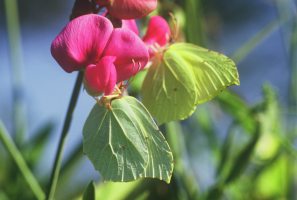
Brimstone
-
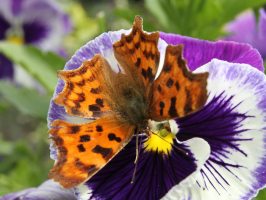
Comma
-

Red Admiral
-

Elephant Hawk Moth
-

Gatekeepers
-

Humming Bird Hawk Moth
-

Painted Lady
-
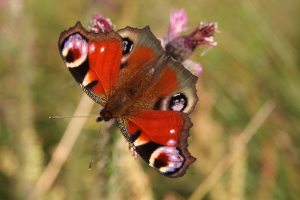
Peacock
-

Small Copper
NOVEMBER 2013
For several years Cheshire Wildlife Trust has used Dexter & Longhorn cattle to graze meadows on its Nature Reserves. This grazing regime has now taken place at Hockenhull Platts over the past two years with great success. Our family of black Dexter cattle have been amazing in the amount of vegetation they have eaten, getting to places where machine and man had previously failed. They are usually quite docile, but can panic if approached in the wrong way, as I found out when searching for them the first time they grazed the wet meadow. The grasses and reeds there stood over 2.5m(8ft) high until the four cattle tackled the area, and within five weeks they had virtually cleared the vegetation. We hope that the clearing of this dense vegetation will enable the future growth of plants and flowers including rare marsh orchids to flourish again on the site. Twenty years ago there were hundreds of orchids to be seen, but now just a few appear each year. The extra space and light that the grazing has created should enable the plants to develop more fully, and replicate the traditional method of grazing dairy herds on the site.
The Trust is dedicated to supporting and practicing sustainable agriculture, and its land is grazed in accordance to Higher Stewardship Levels, helping to encourage the return of wildlife that may have been lost due to more intensive farming practices. It is hoped that this regime will encourage and support our local barn owls, lapwings, curlew and water voles. The use of traditional breeds of these beef cattle enhances the reserves and our wildlife and also provides a source of high quality meat for the market place at the end of their lives. Allowing cattle to mature slowly enables them to develop intracellular fat. As the meat is cooked this marbled fat is released softening the meat and enhancing the flavour.
DECEMBER 2013
November has been an exciting month for owls in the area, as it seems that tawny owls in particular have been heard hooting and calling in quite a number of places. These are almost certainly caused by territorial disputes, as old pairs seek to show their dominance and are clashing with young owls trying to find a new territory for themselves. Although the tawny owl population seems to have held up this year, it hasn’t been the case for barn owls, and the examination of 200 or so boxes by the barn owl team in west Cheshire has found only five with young. The terrible spring weather is almost certainly the cause, with extreme, cold, damp and snowy conditions prevailing, resulting in fewer voles and other small mammals being around to feed the young. Barn Owls need large areas of rough grass and when this is covered for long periods as last winter they suffer. They can often be seen at dusk hunting low over the fields, sometimes stopping to hover over ground if they see or hear any prey. Tawny Owls are much noisier with a vocabulary of hoots and shrieks. They live in and around woods and copses, often near to farmland but can be found nesting in churchyards and local parks. They too are excellent hunters by night and their large facial discs enable them to sound out their prey. Little owls are not as common as they were, but as diurnal creatures, can be seen in the day or night. They have a looping flight rather like that of a woodpecker, and often can be seen sitting on the top of fence or on telegraph posts like a fluffy ball with white under parts streaked with brown, much more rotund than a tawny or barn owl. Their call is also distinctive with a sharp keeoo, keeoo. Twenty years or so ago Little owls used to frequent the lanes around Christleton and Hockenhull Platts and it was quite common to see up to three or four pairs on any walk. Sadly that is no longer the case, but we do have one pair nesting in the village which is some consolation. Short eared owls are occasional visitors to Hockenhull, and a pair were present last winter, and stayed until well into spring.
-

Barn Owl and Nest Box
-

Barn Owl Ringing
-
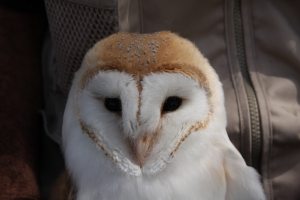
Barn Owl Youngster
-
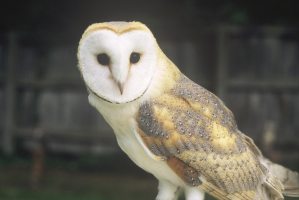
Barn Owl
-

Little Owl
-

Little Owl Birch Heath
-

Tawny Owl Chick
-

Tawny Owl Hockenhill Platts
-

Tawny Owl
